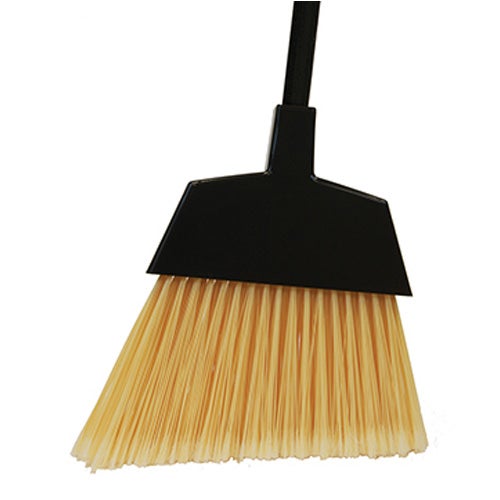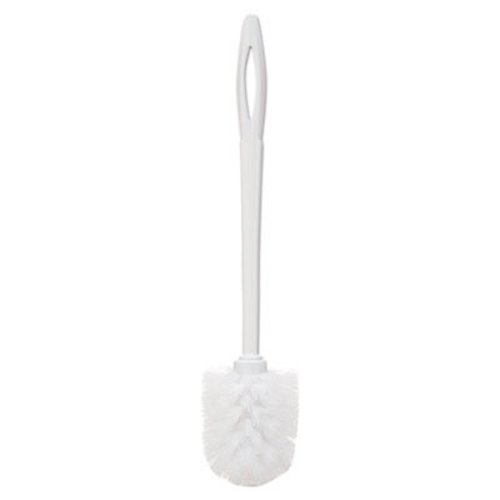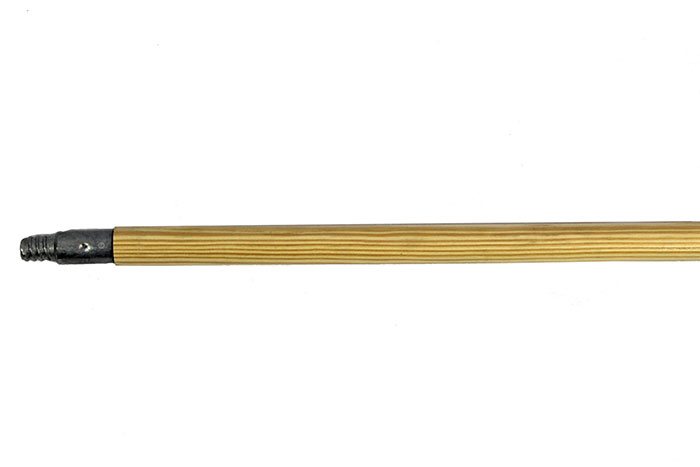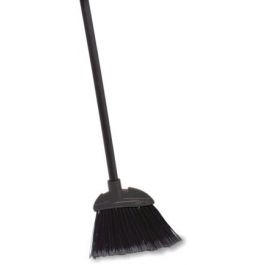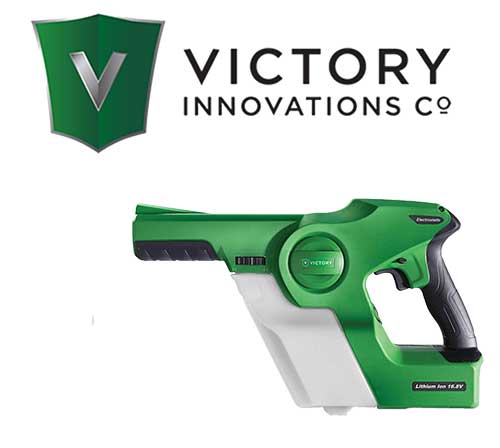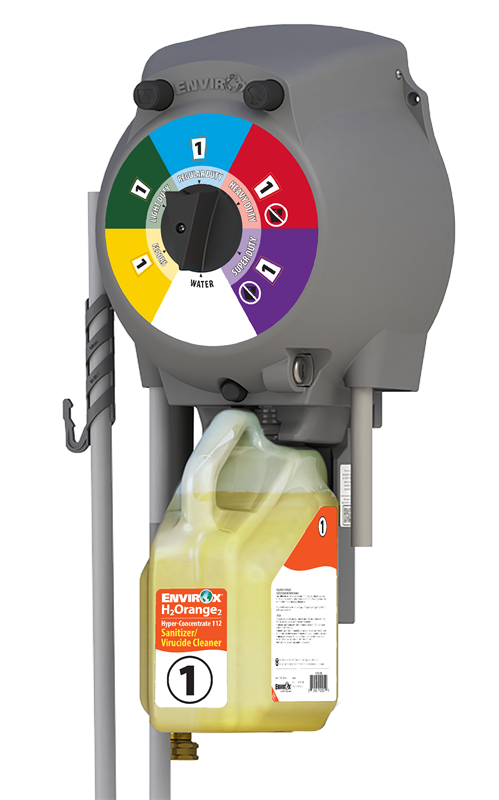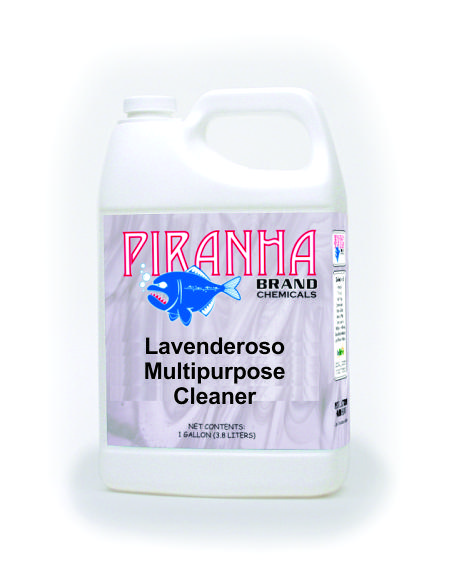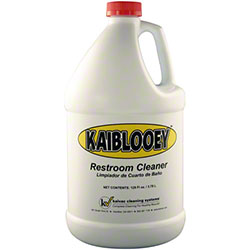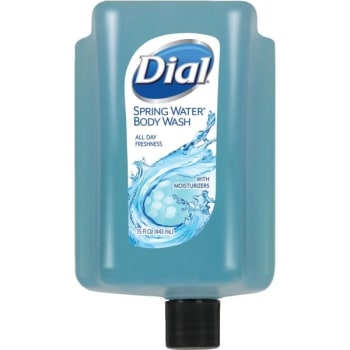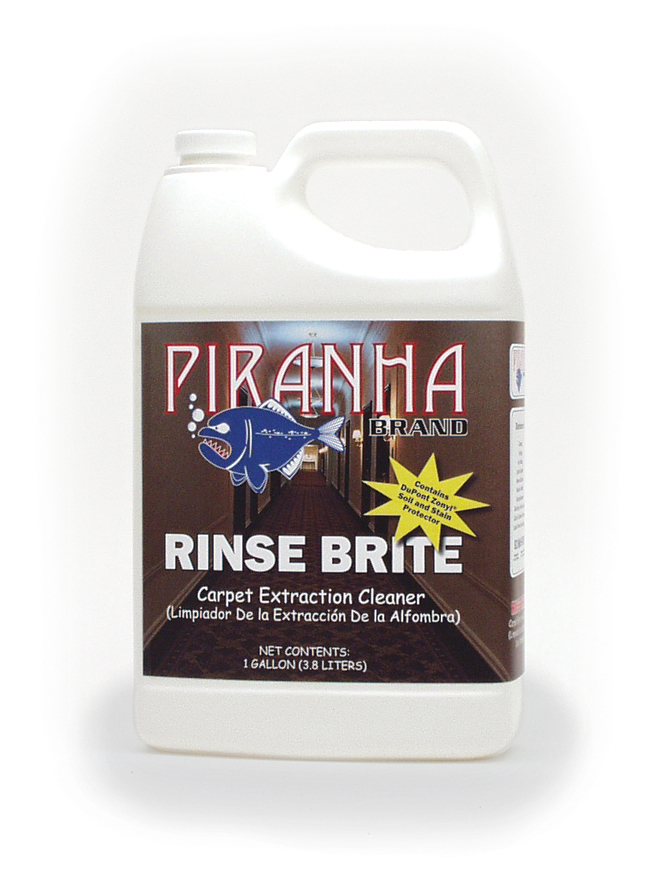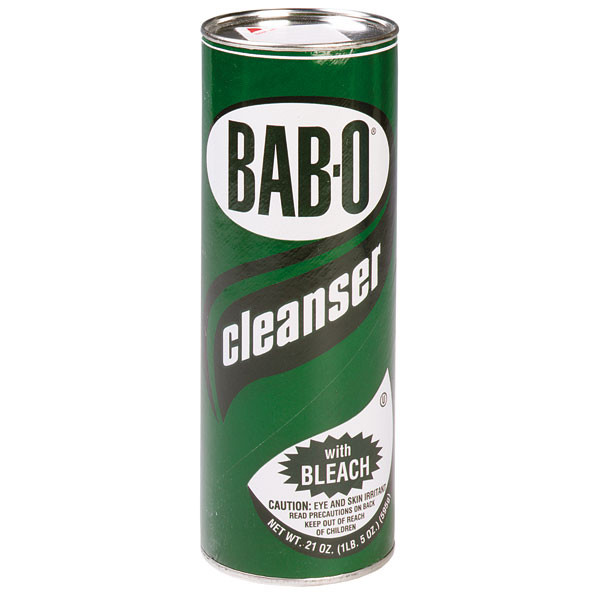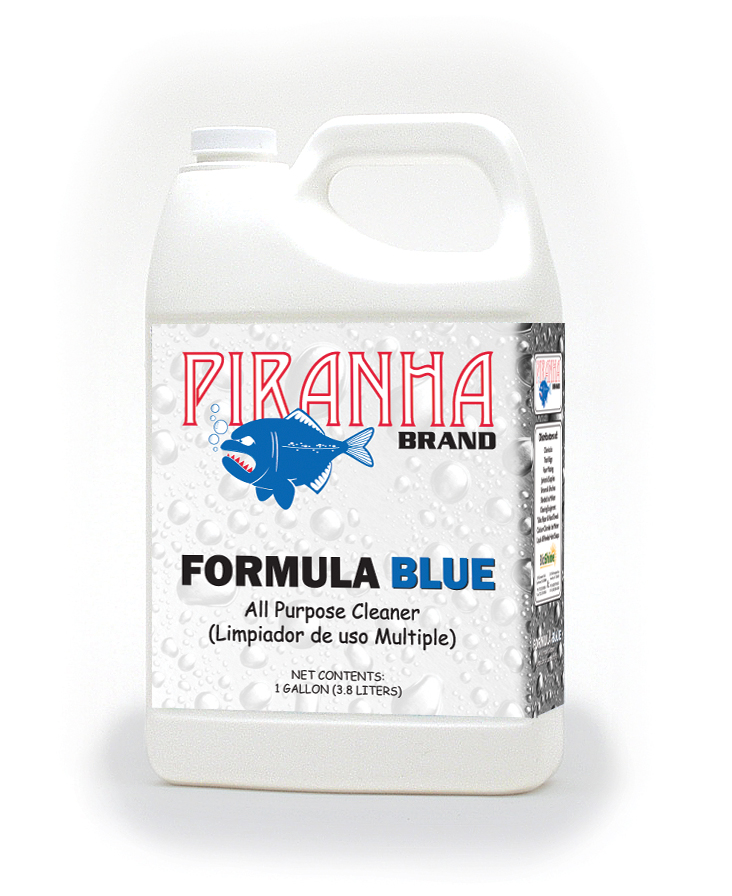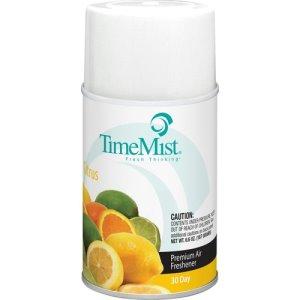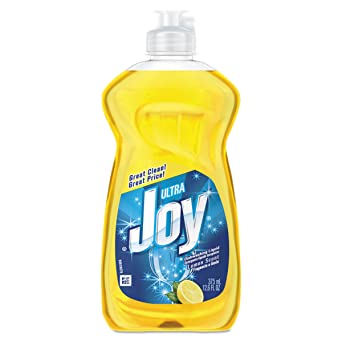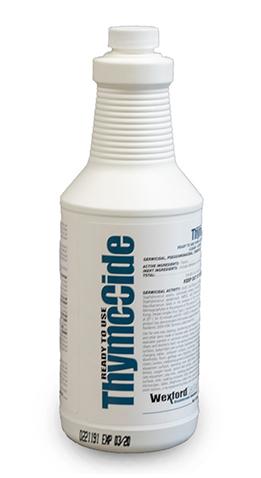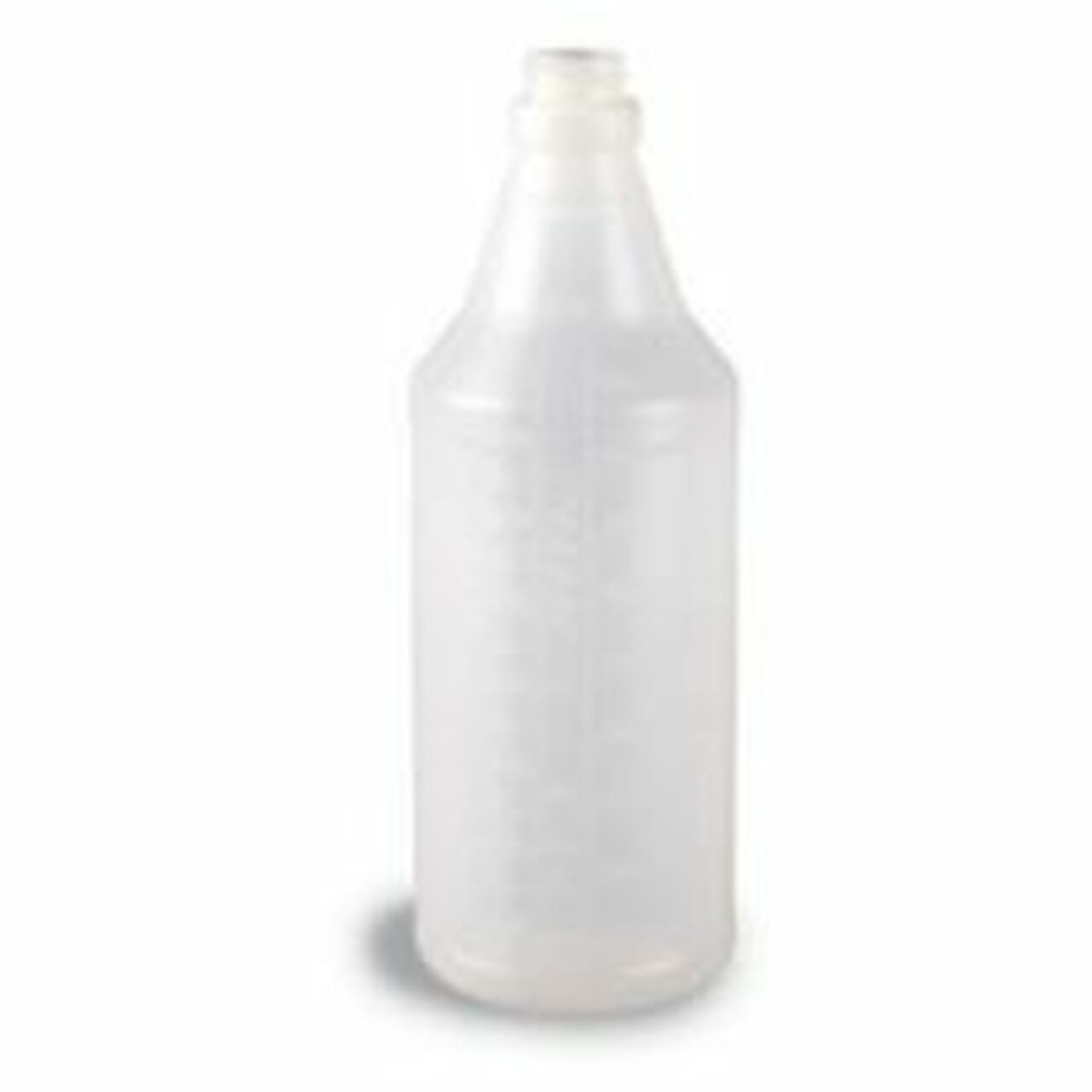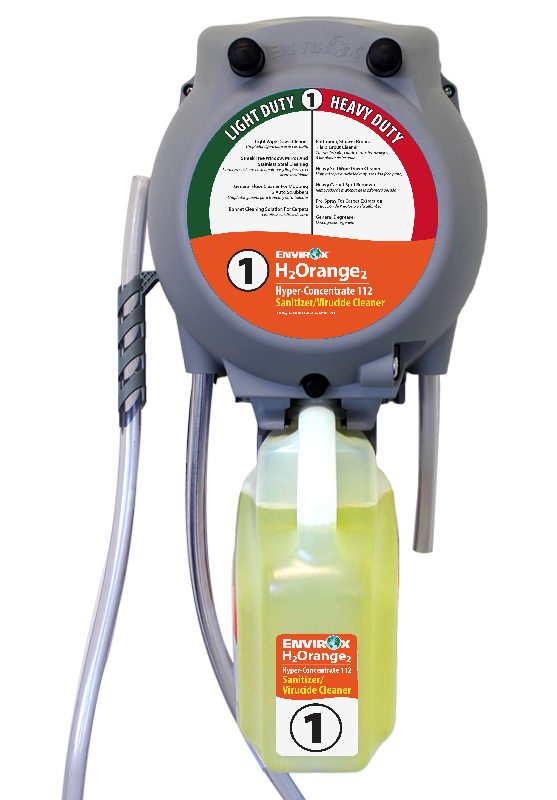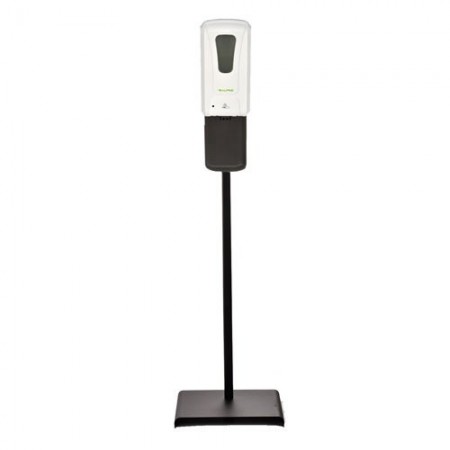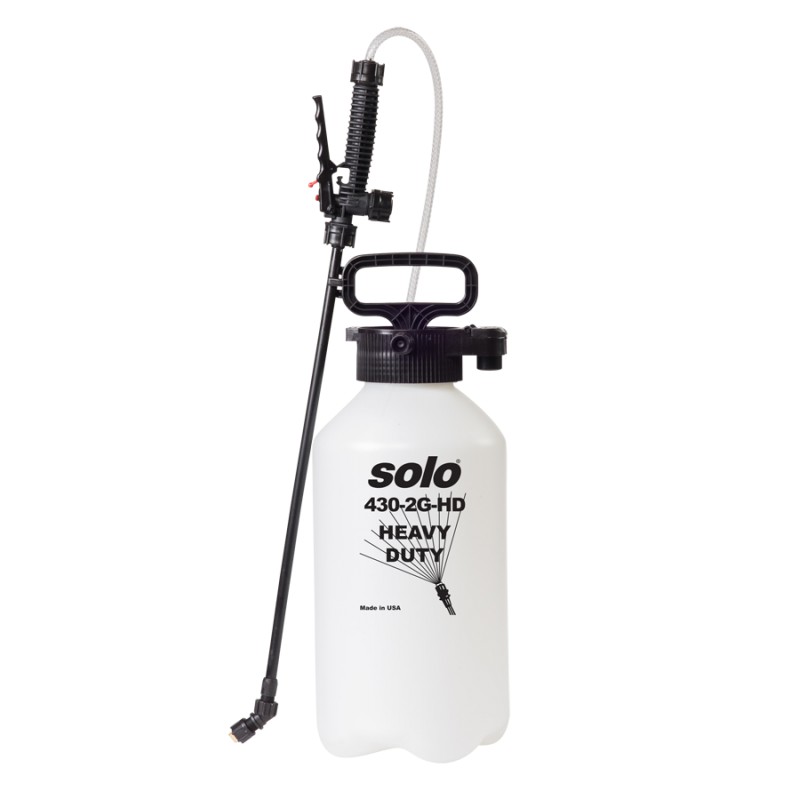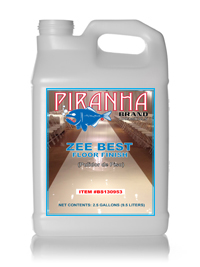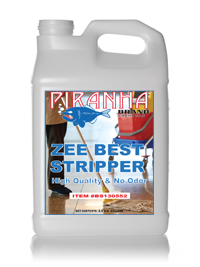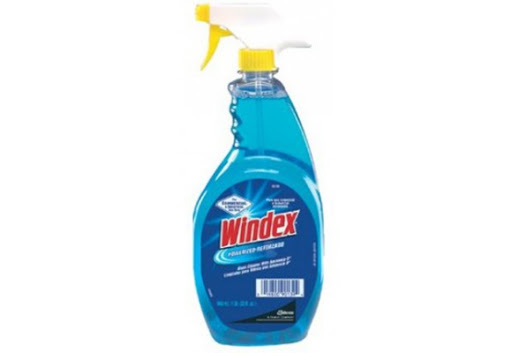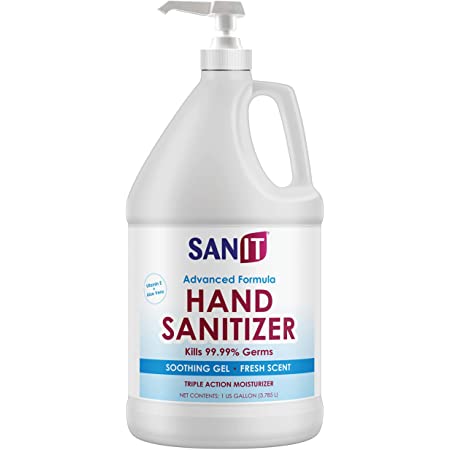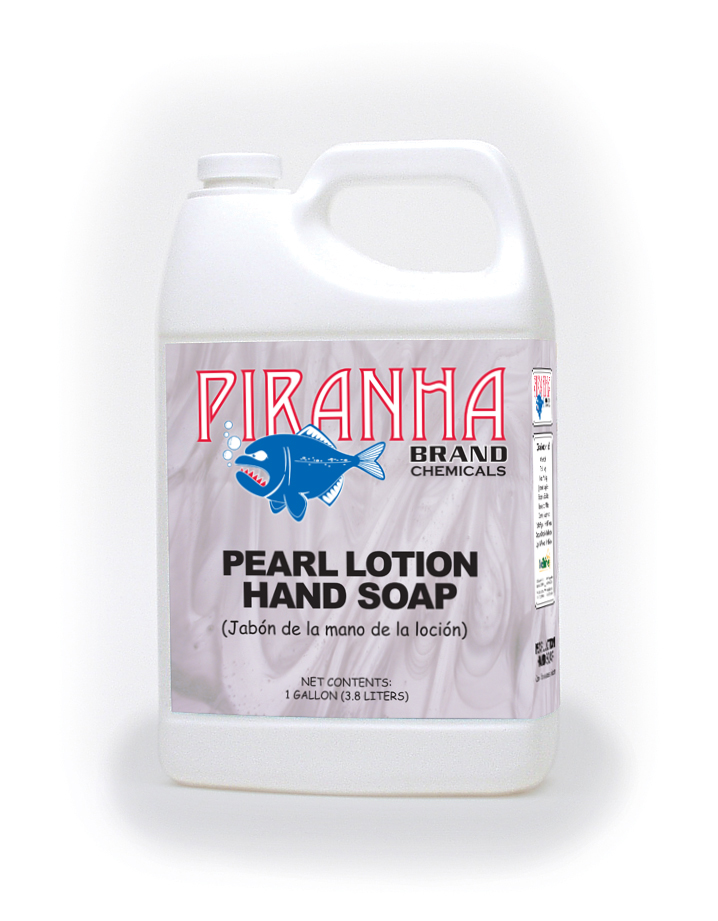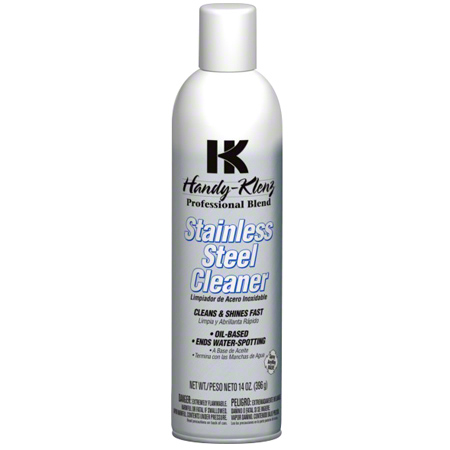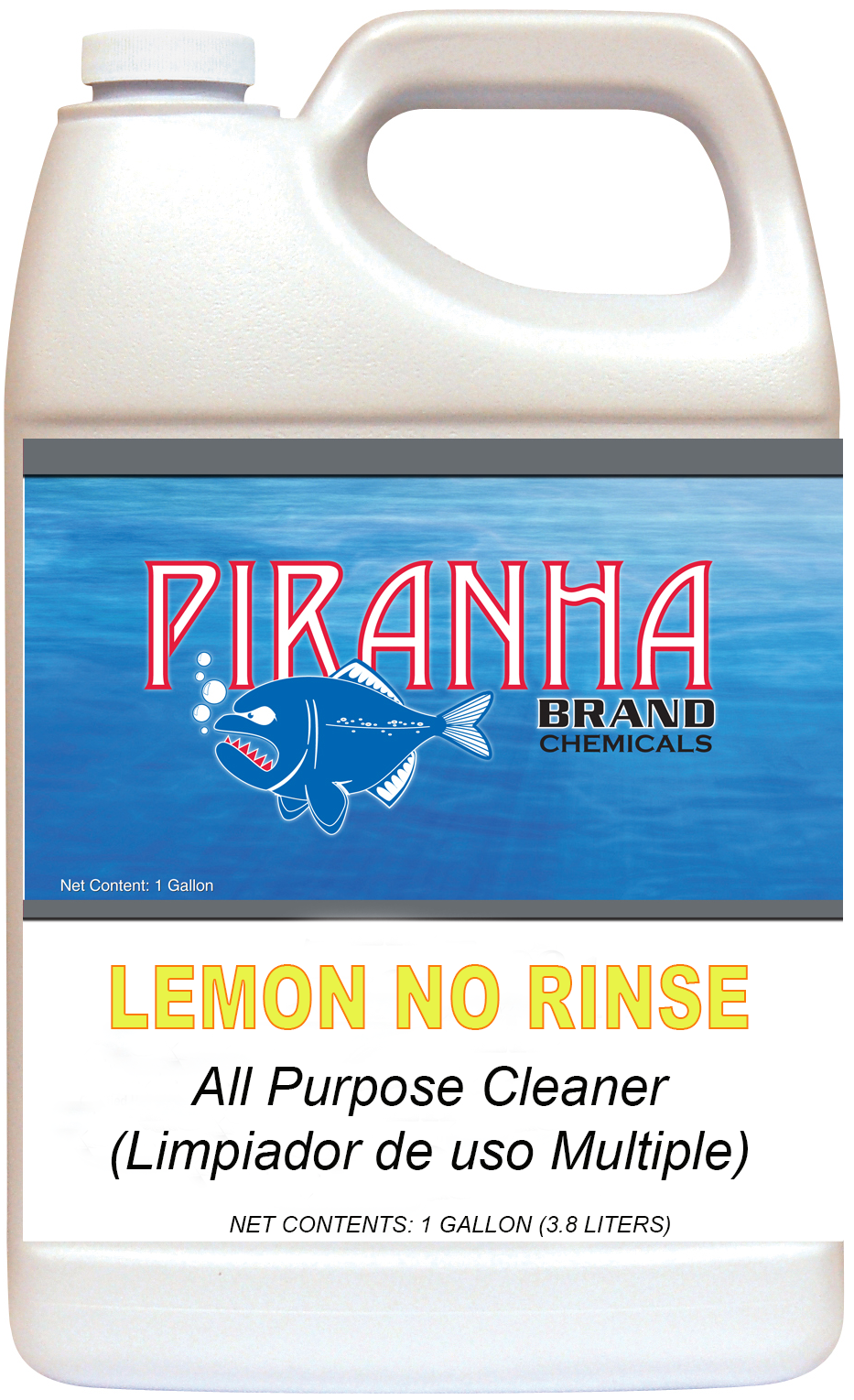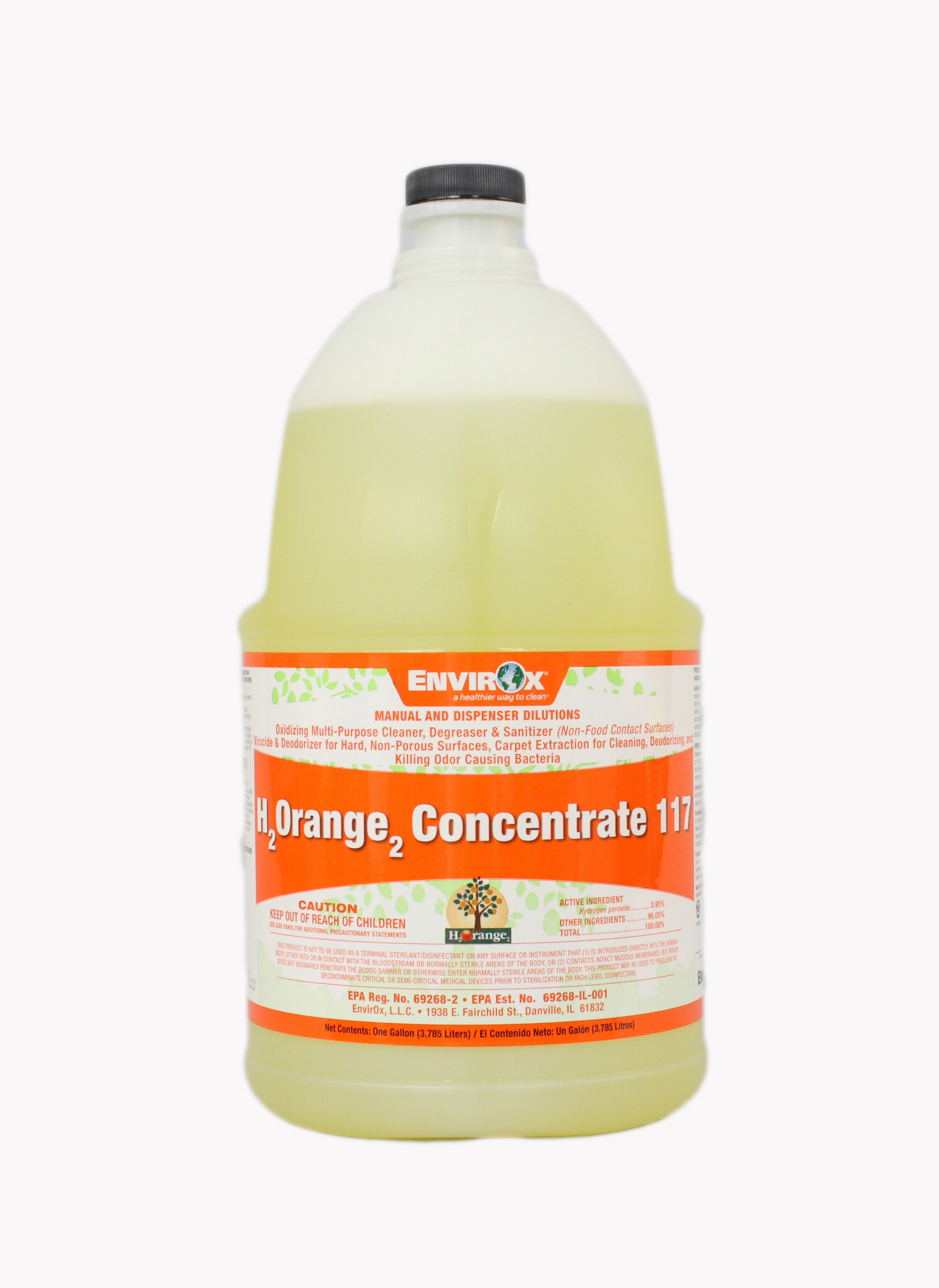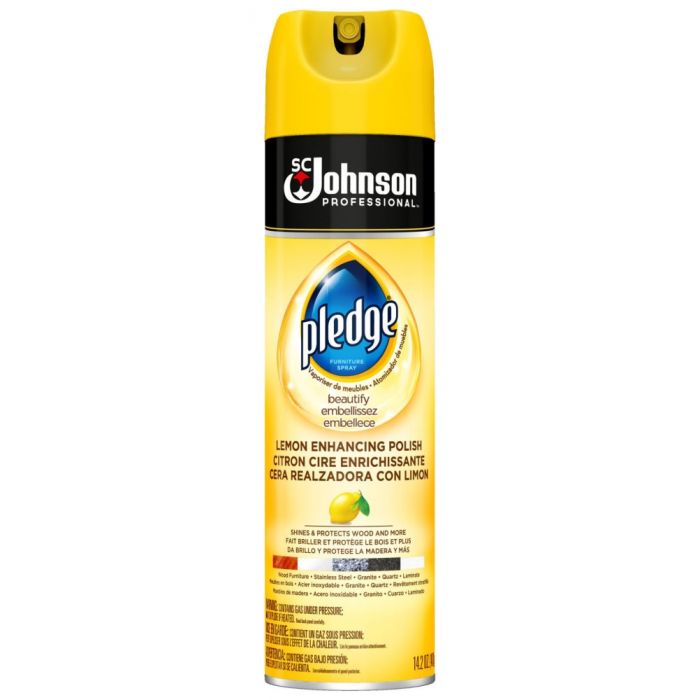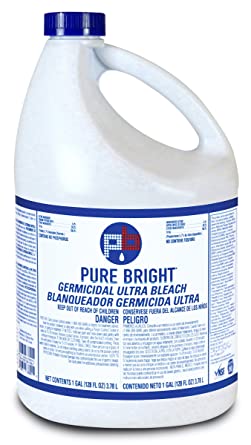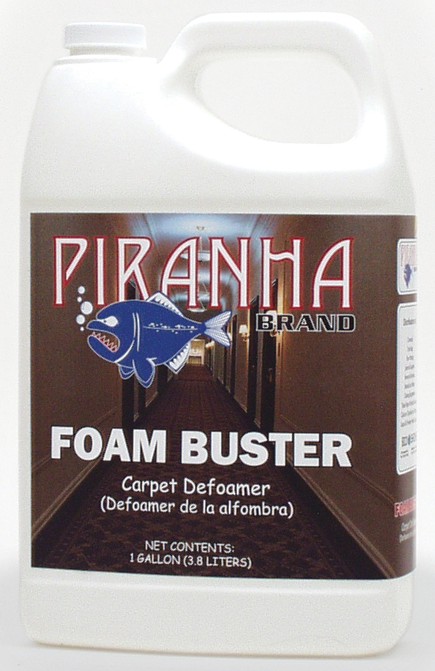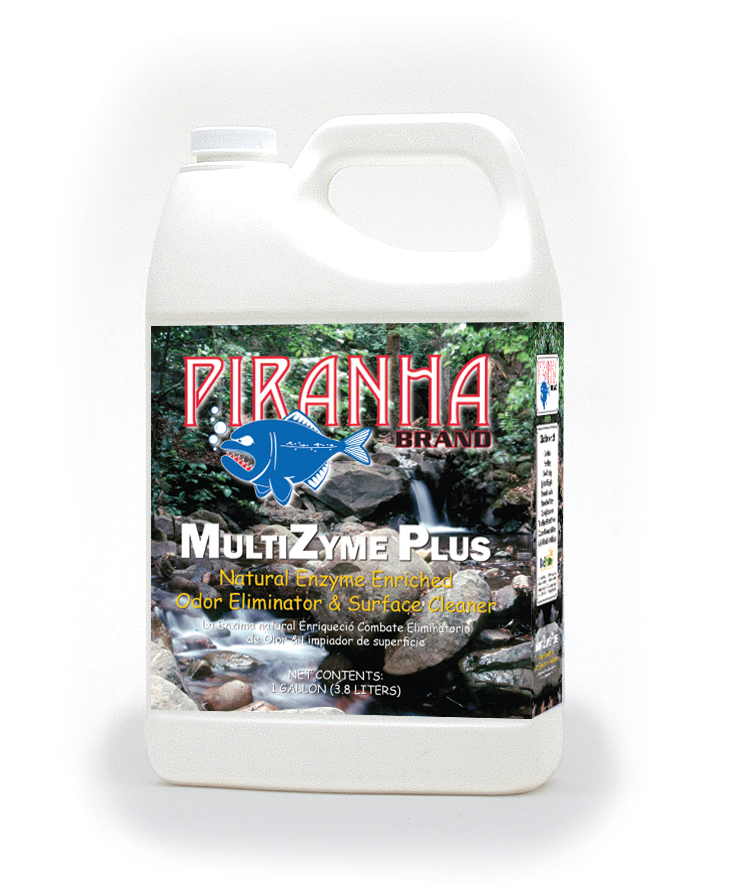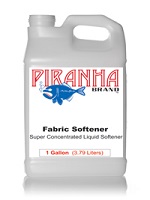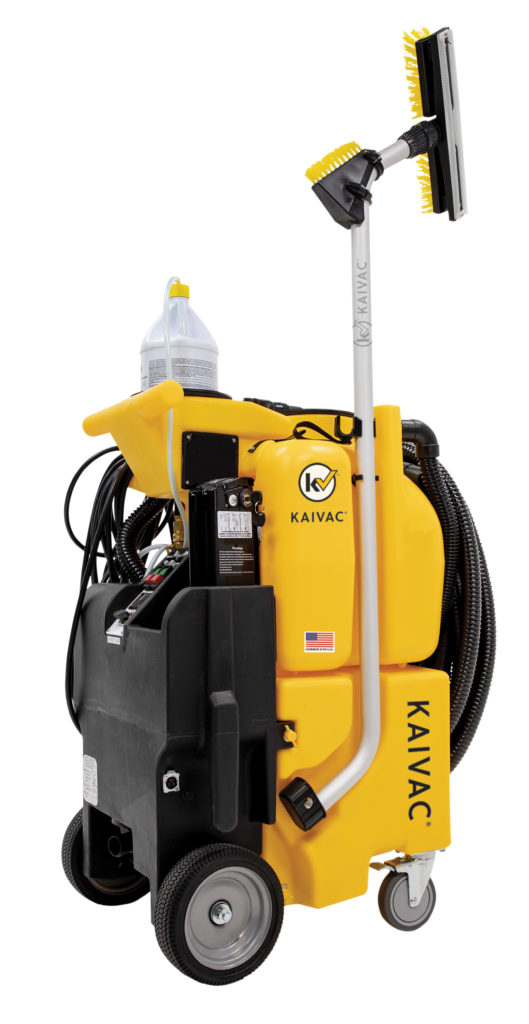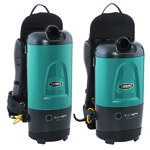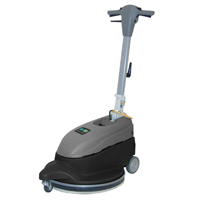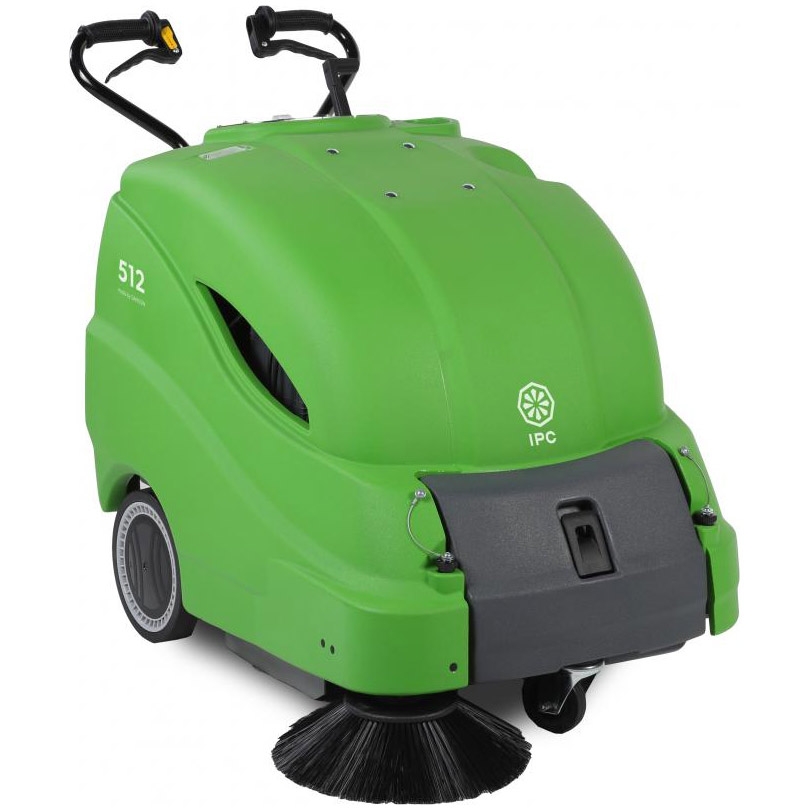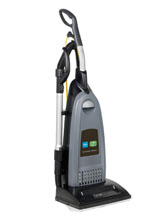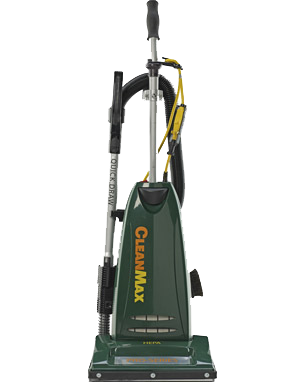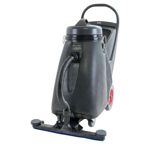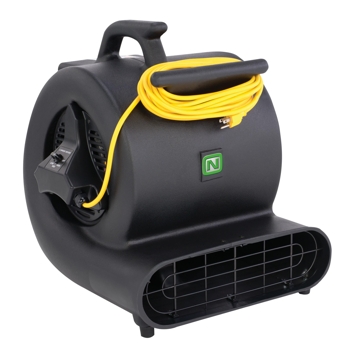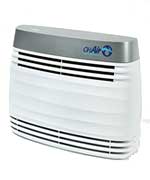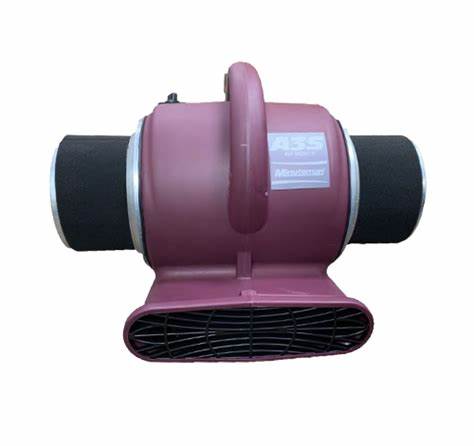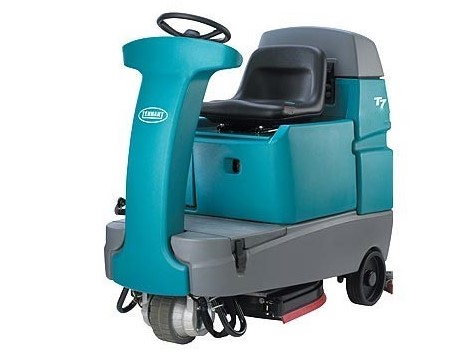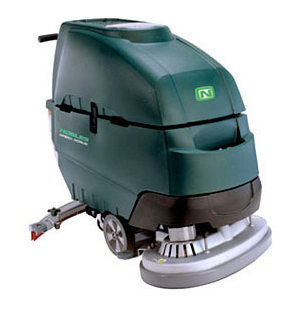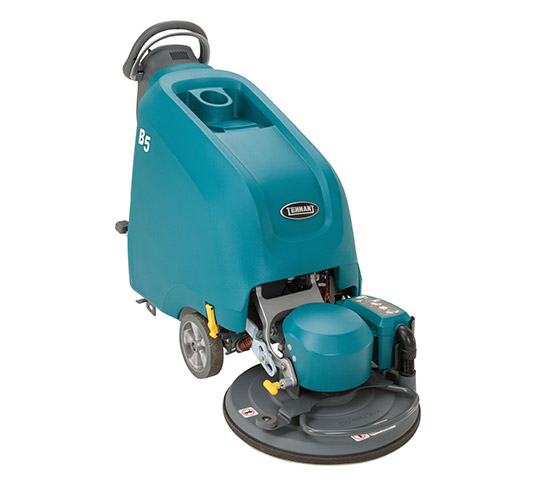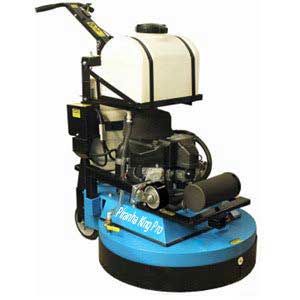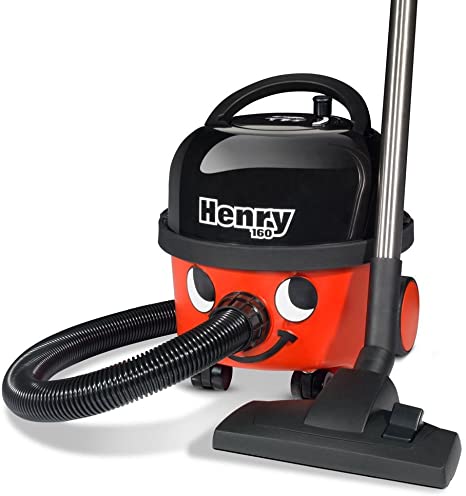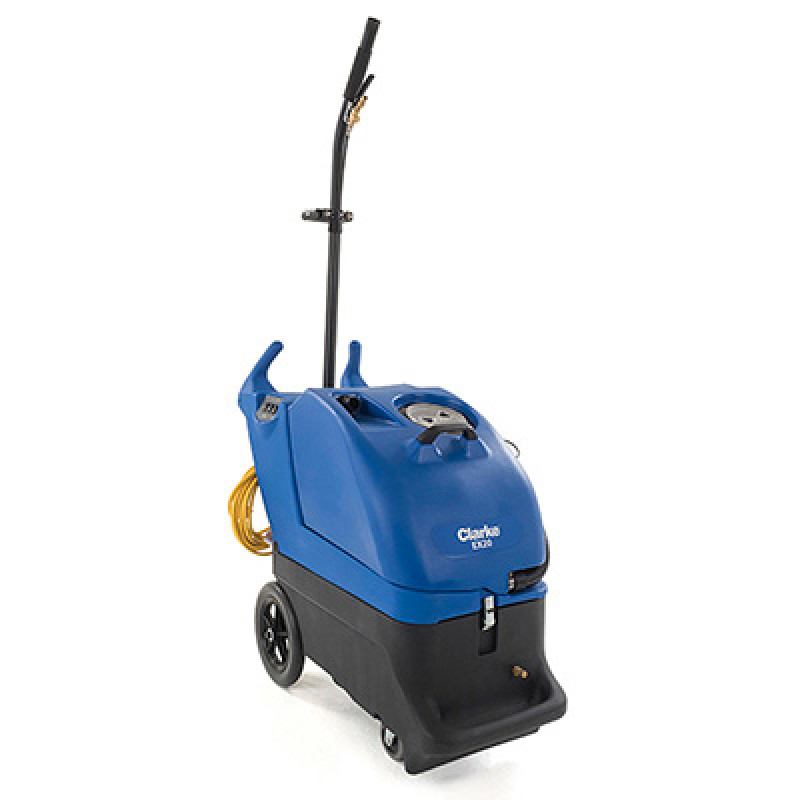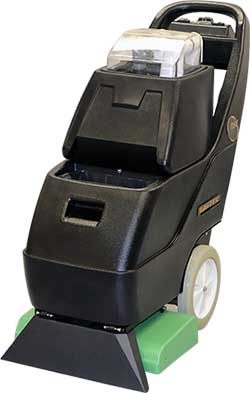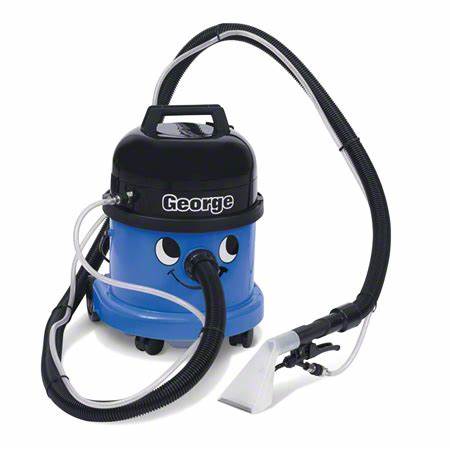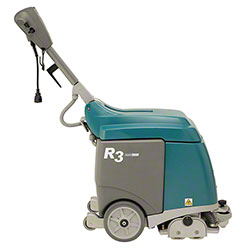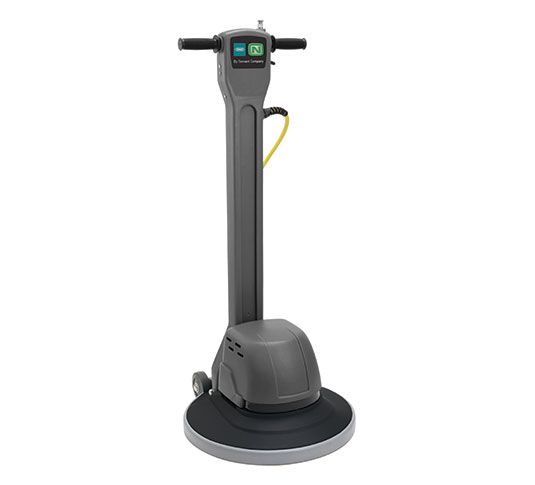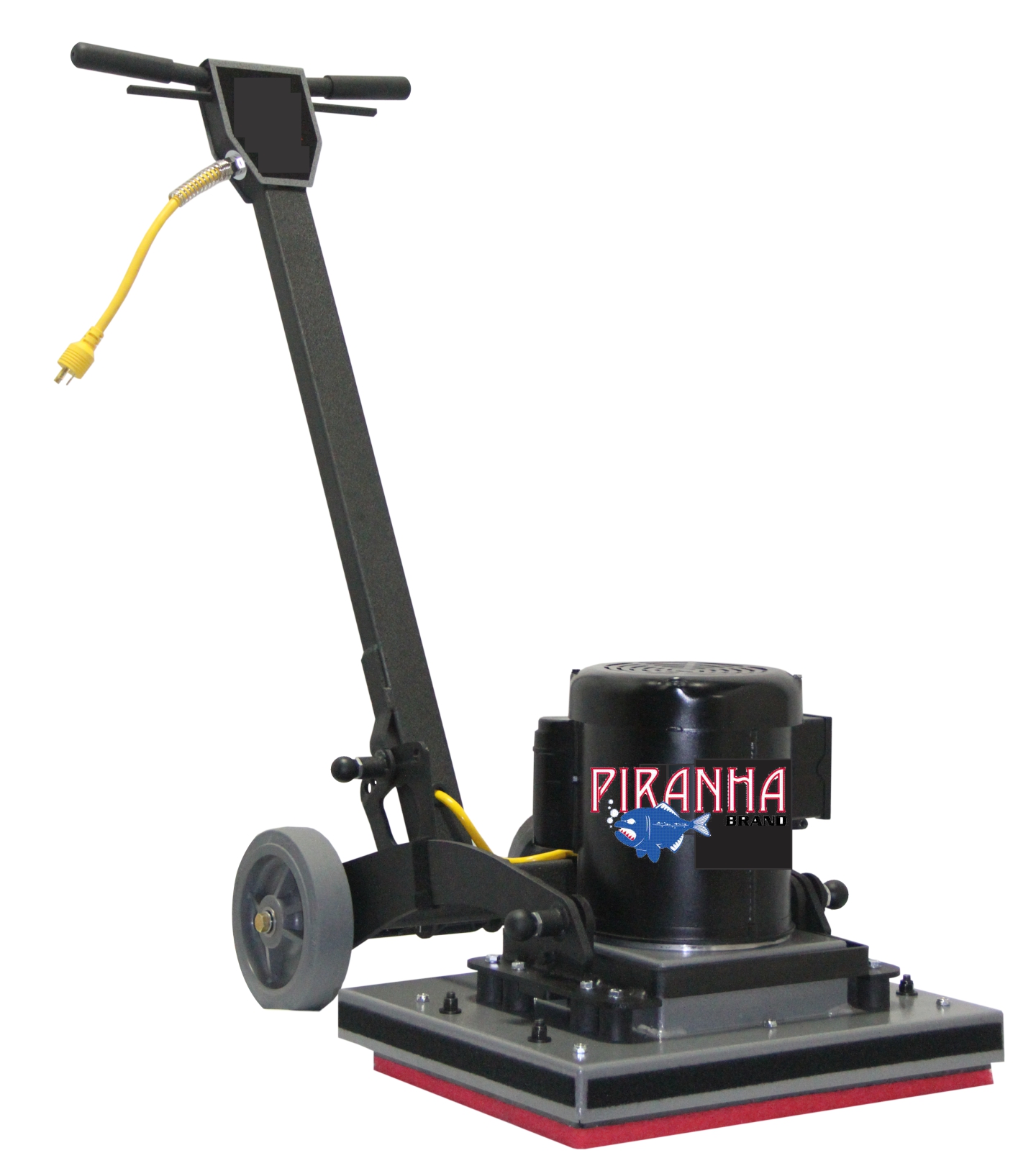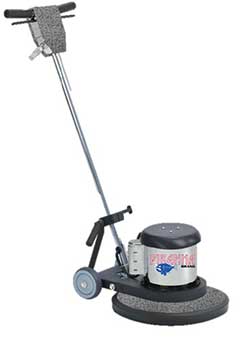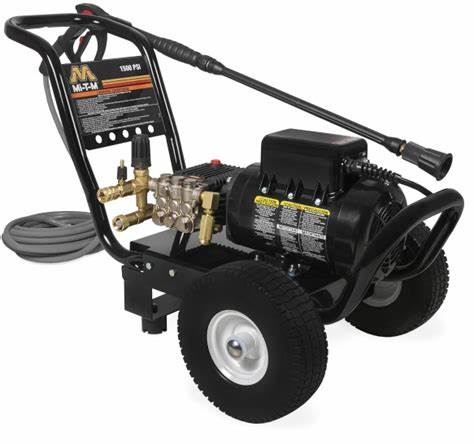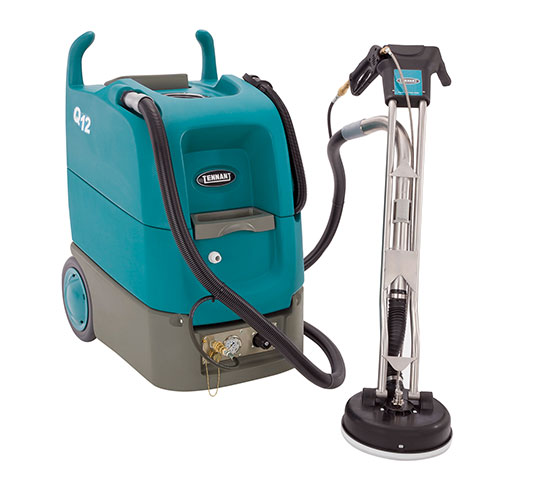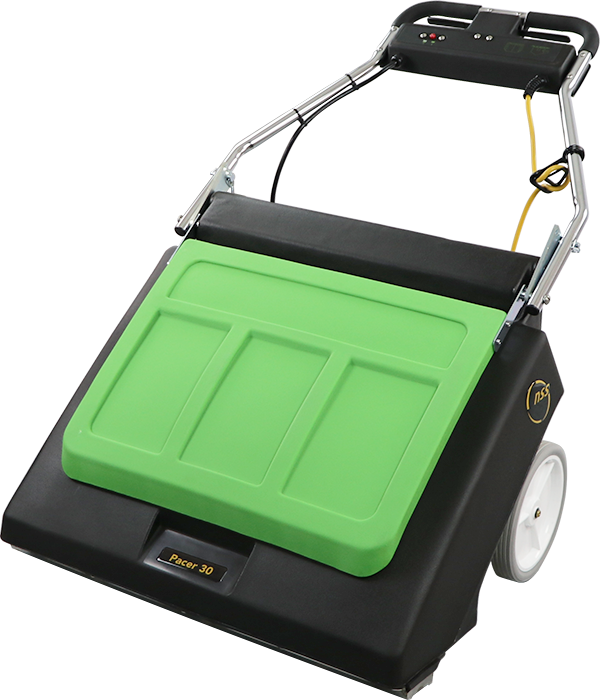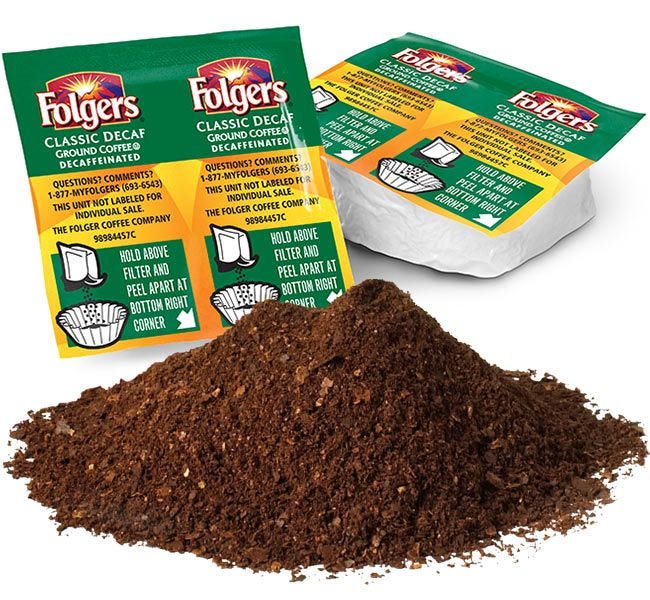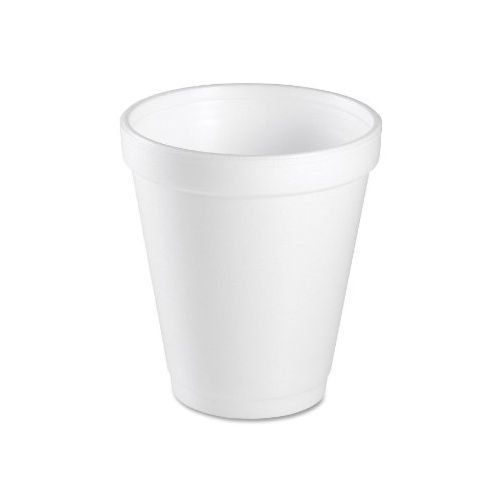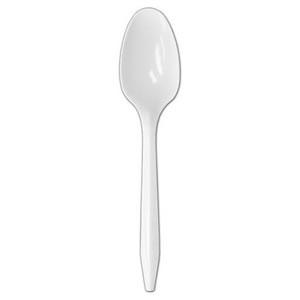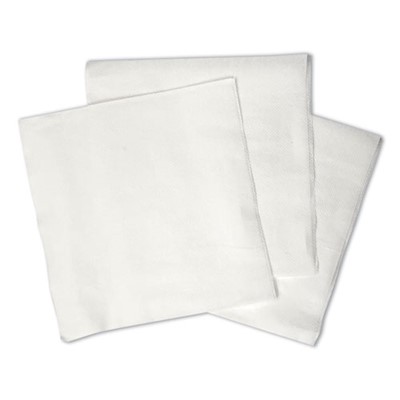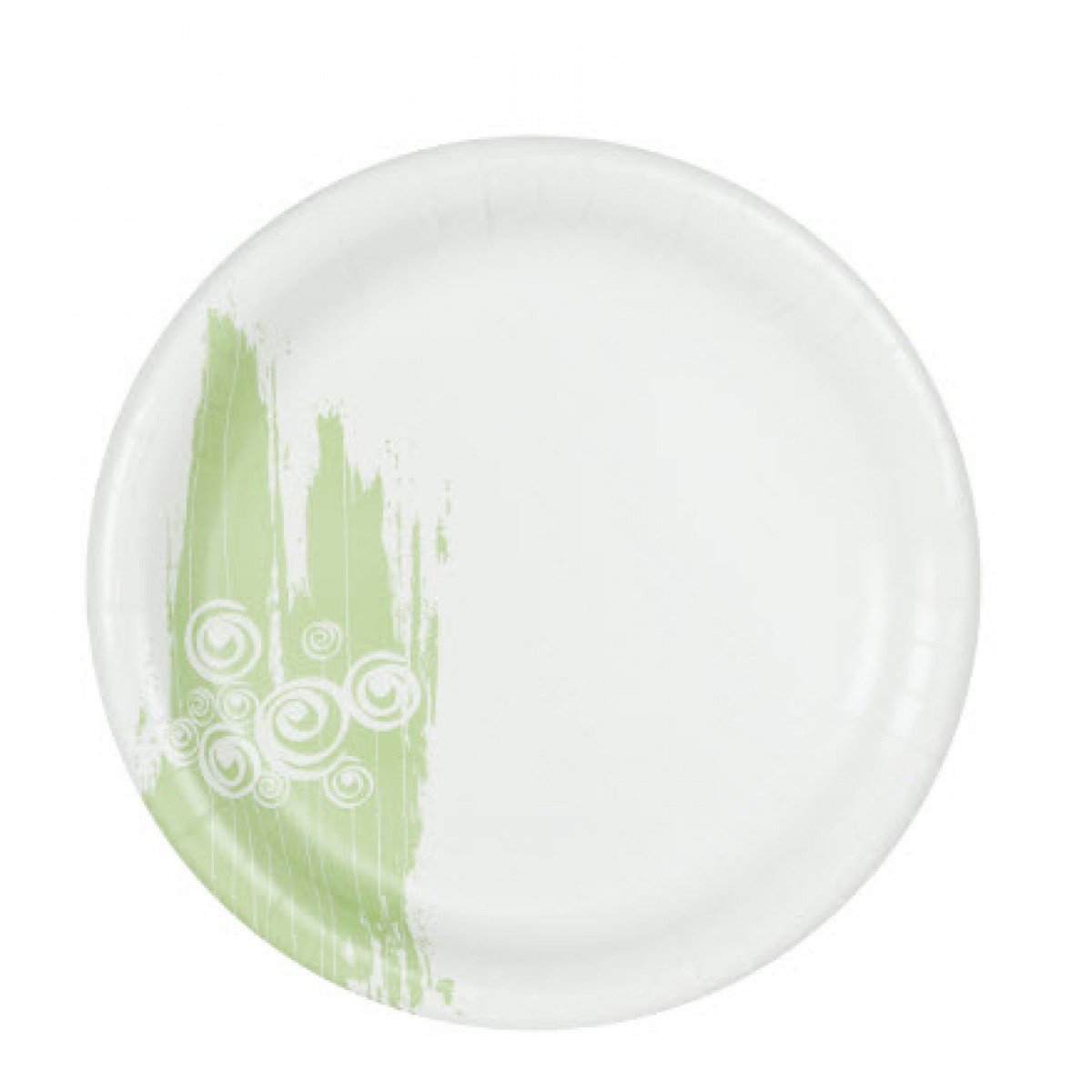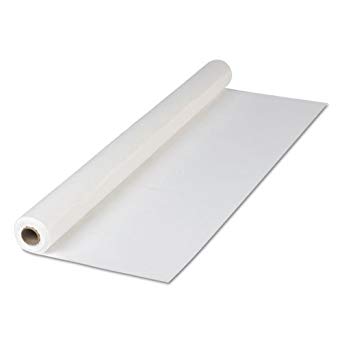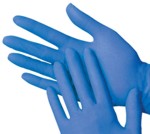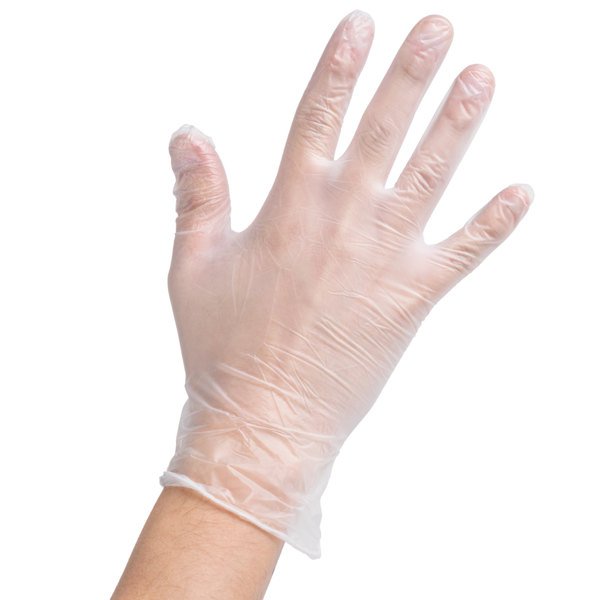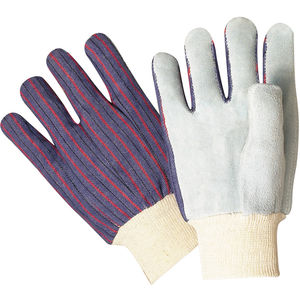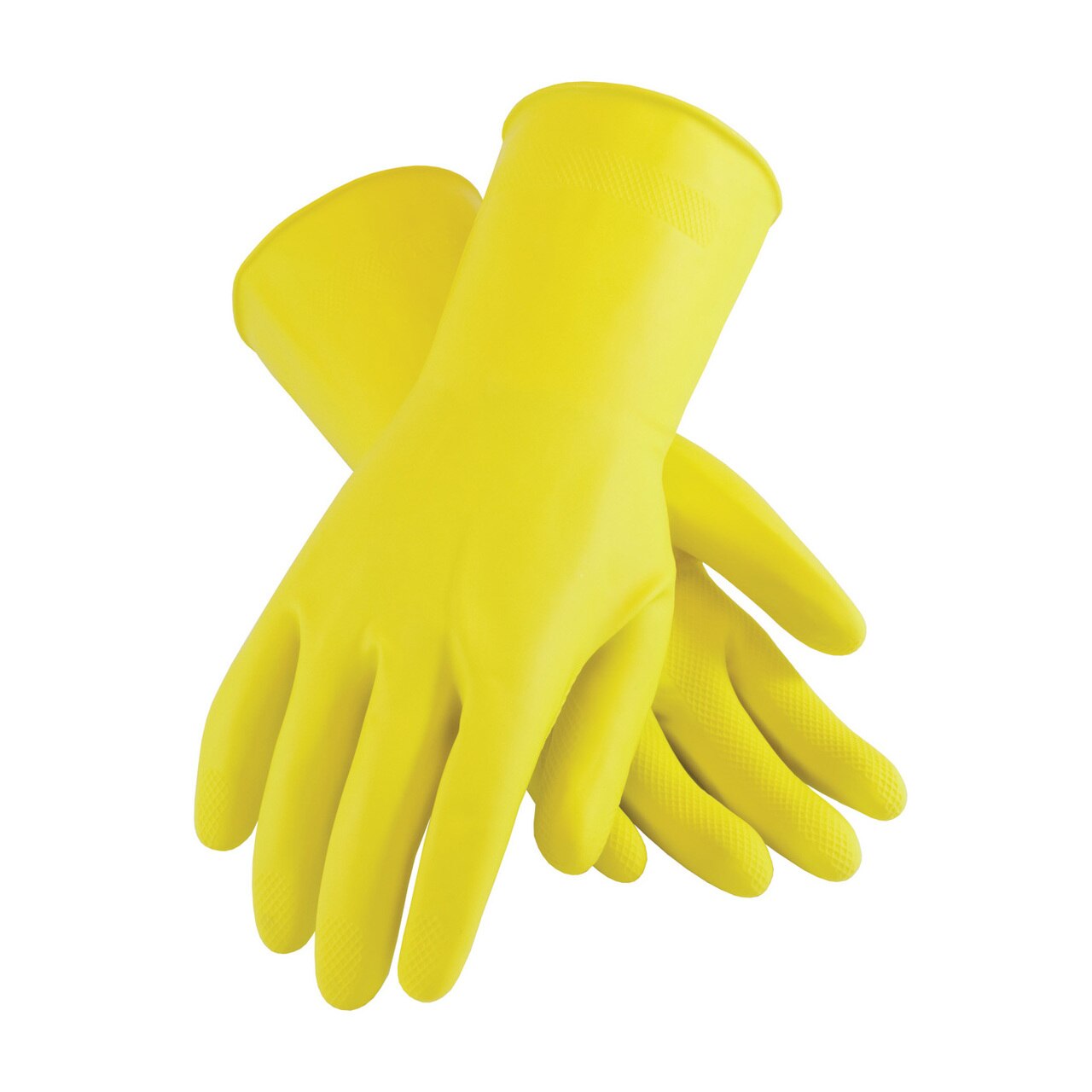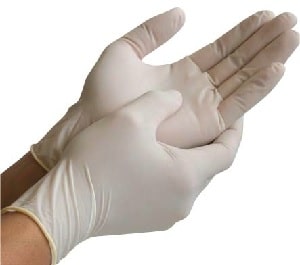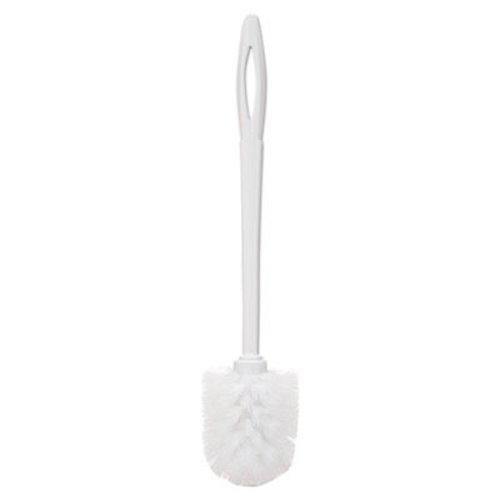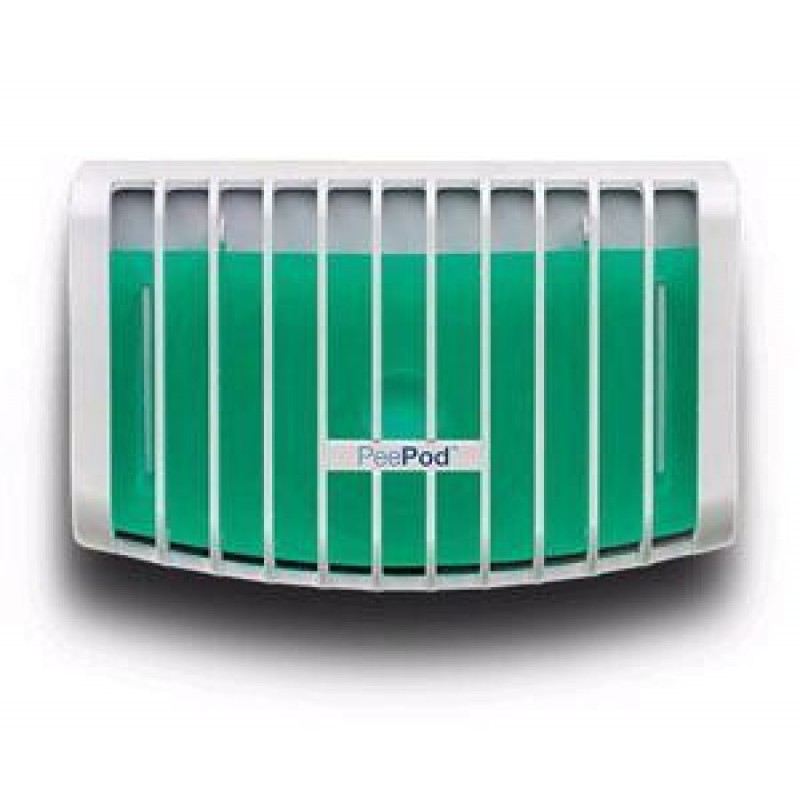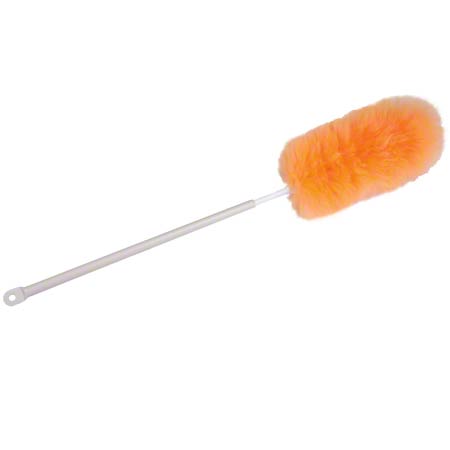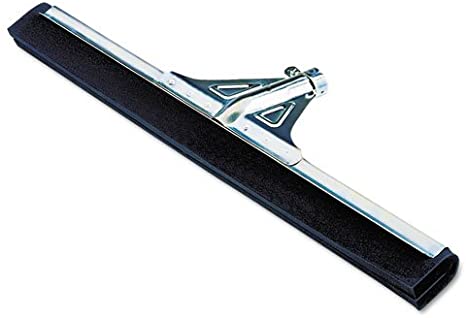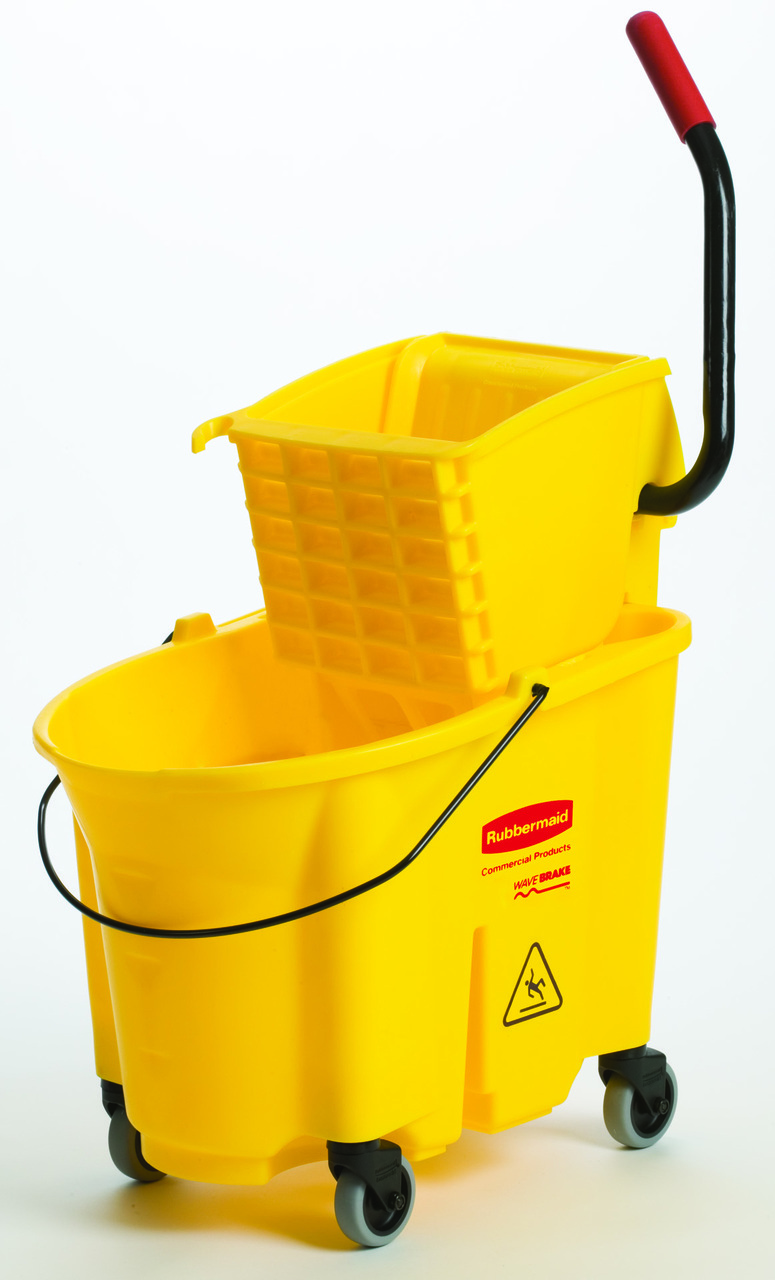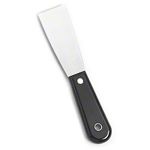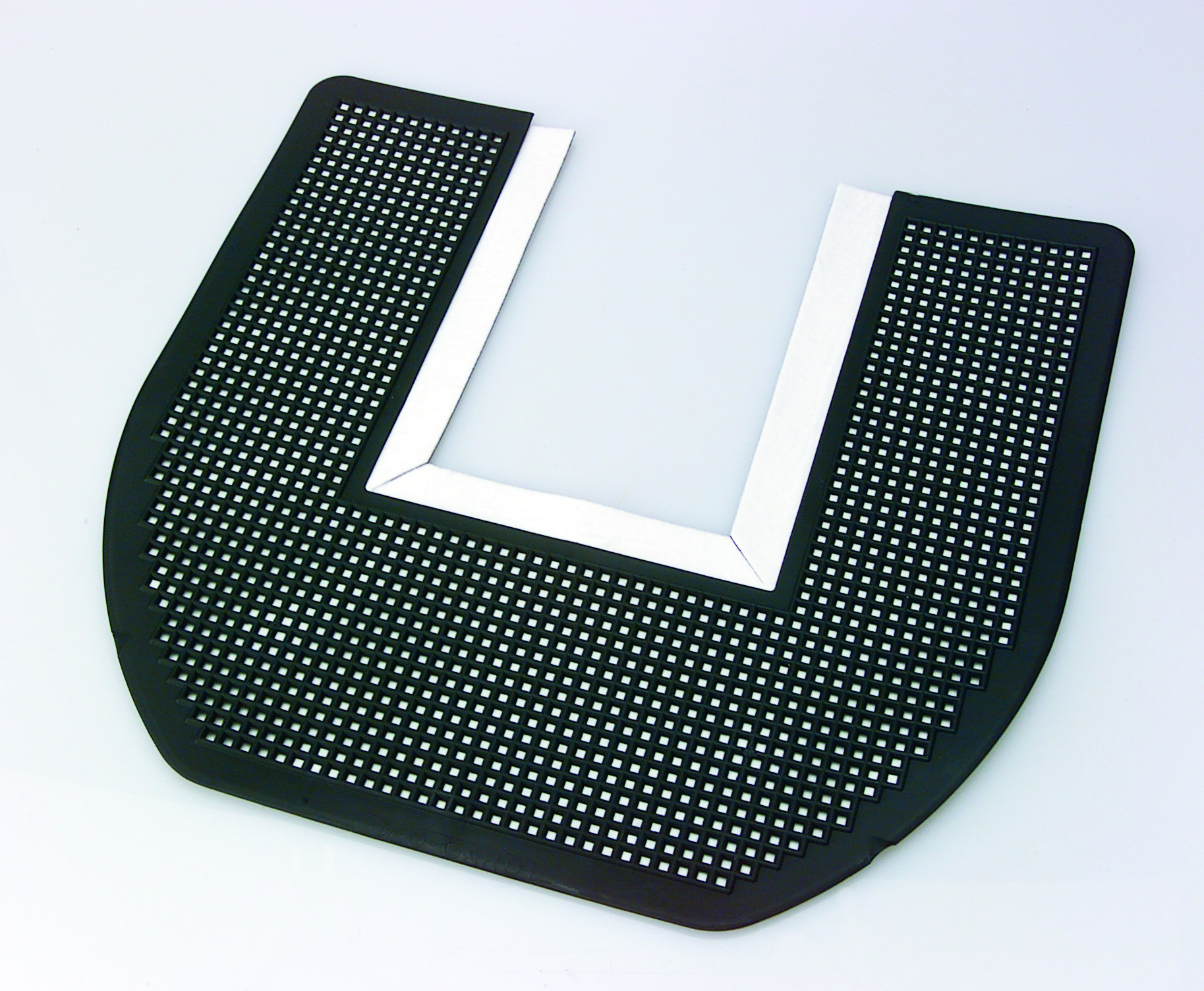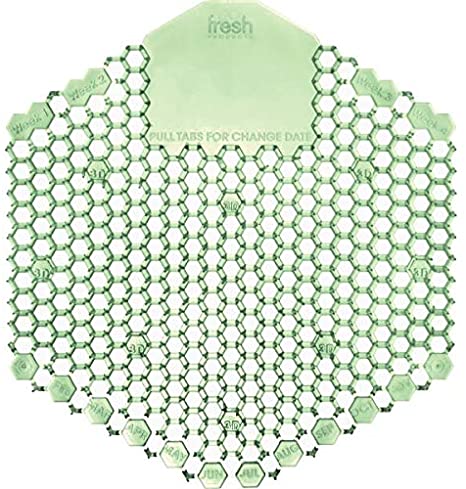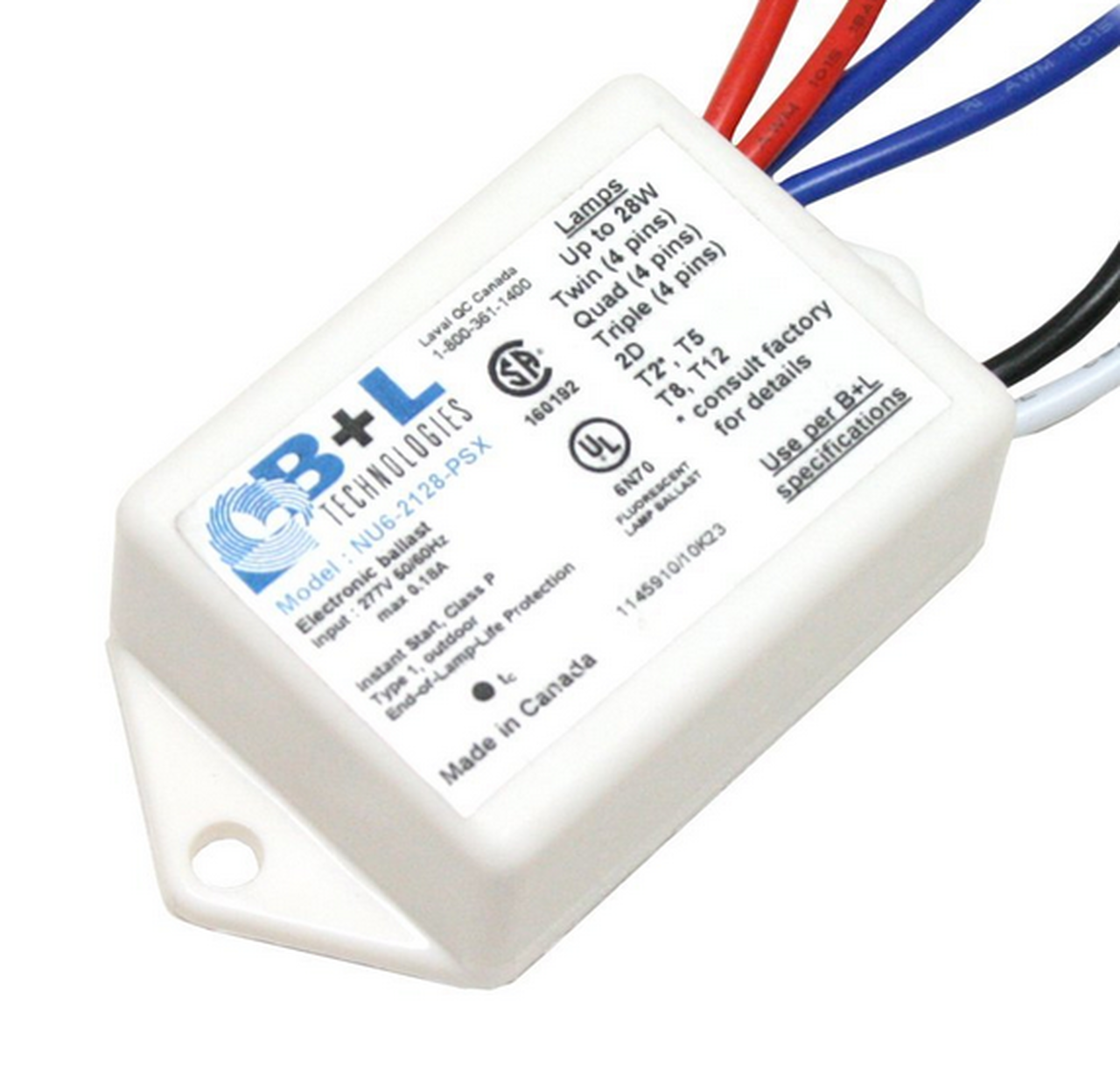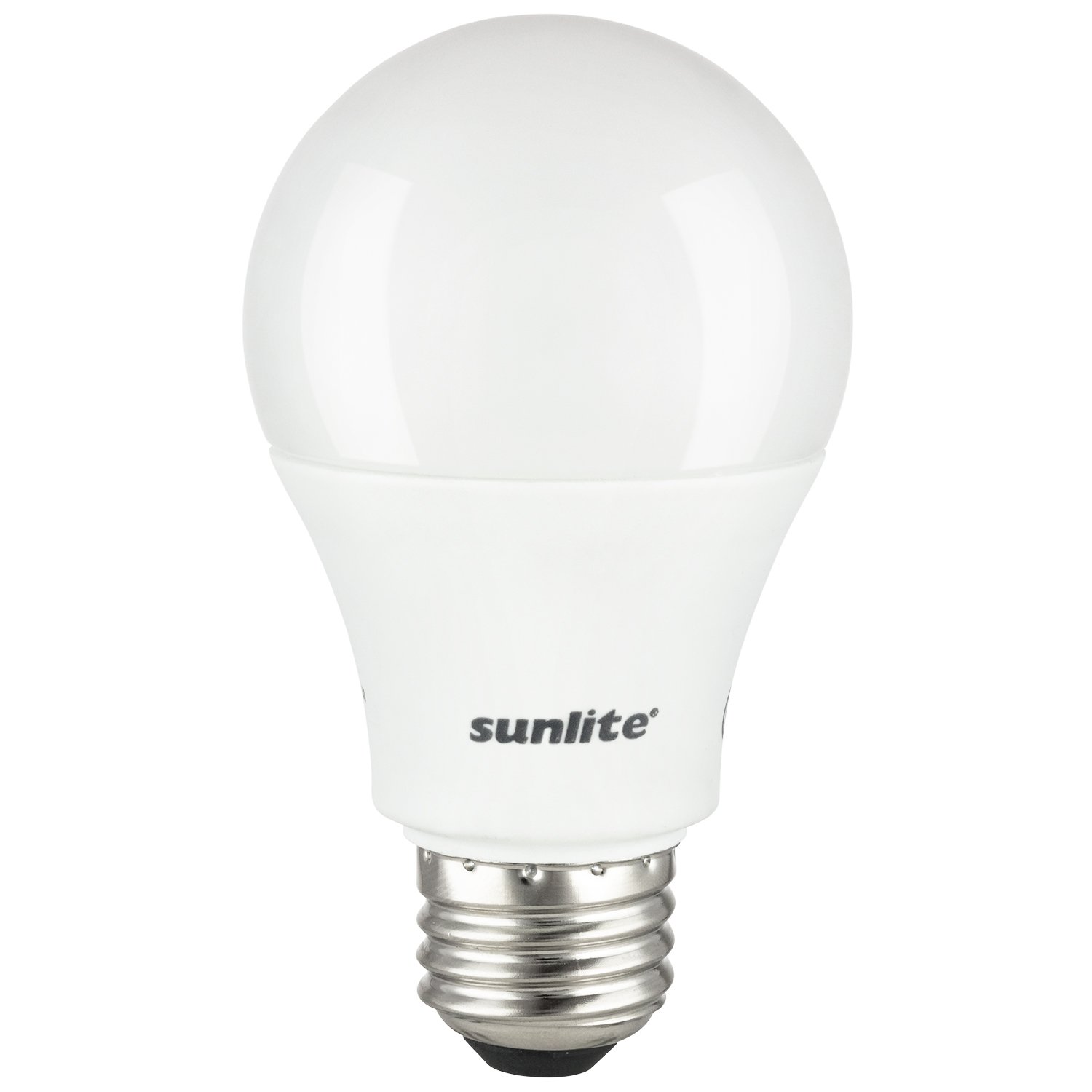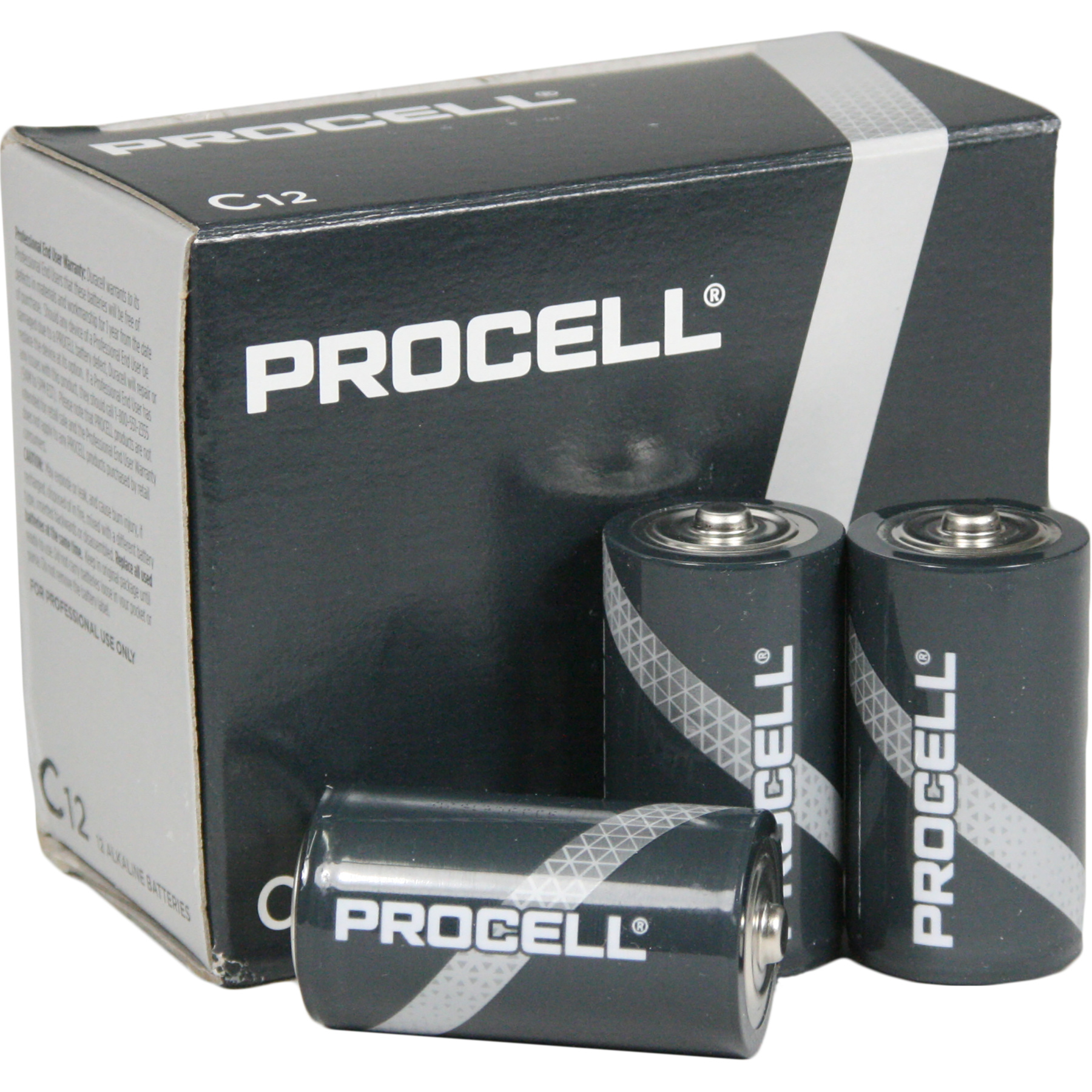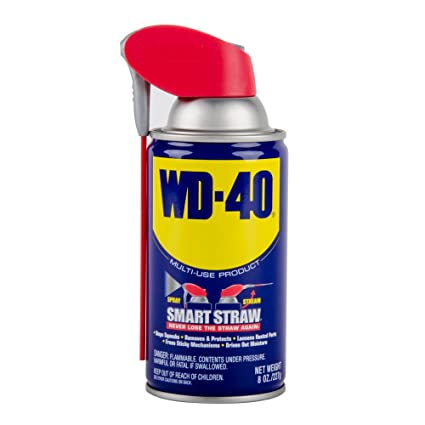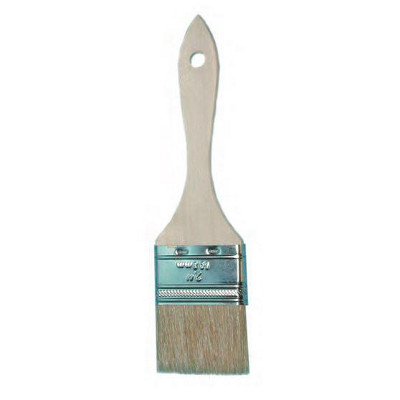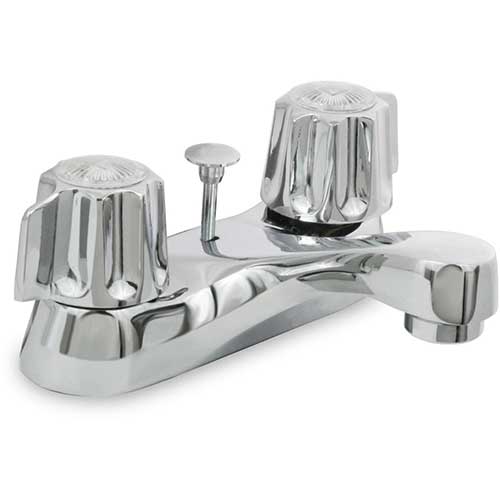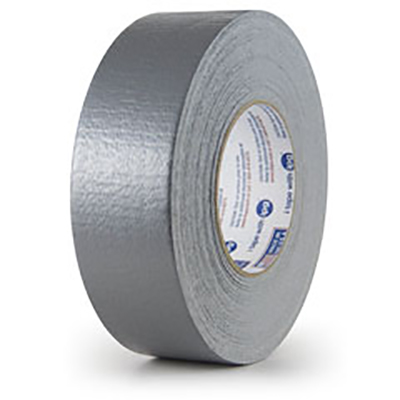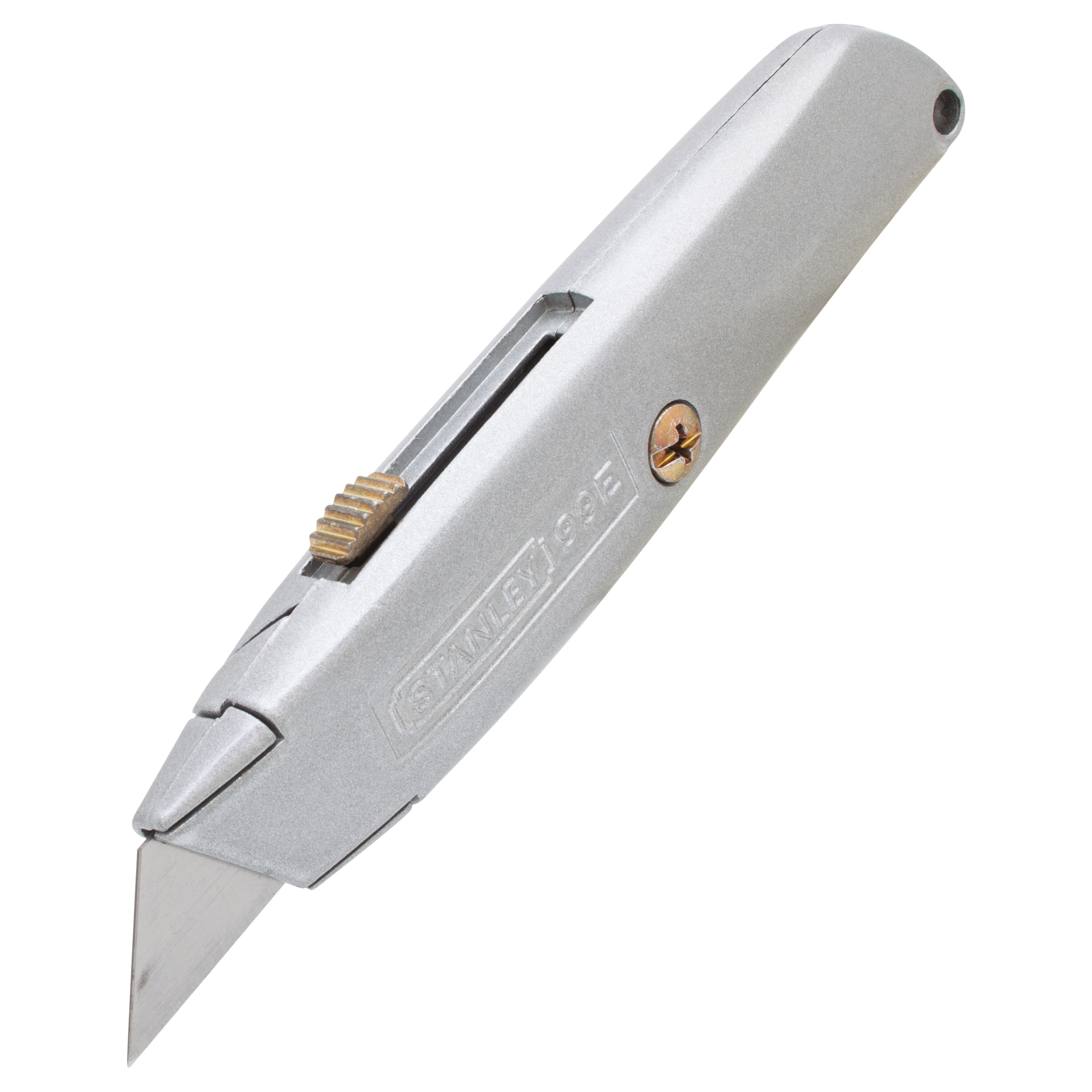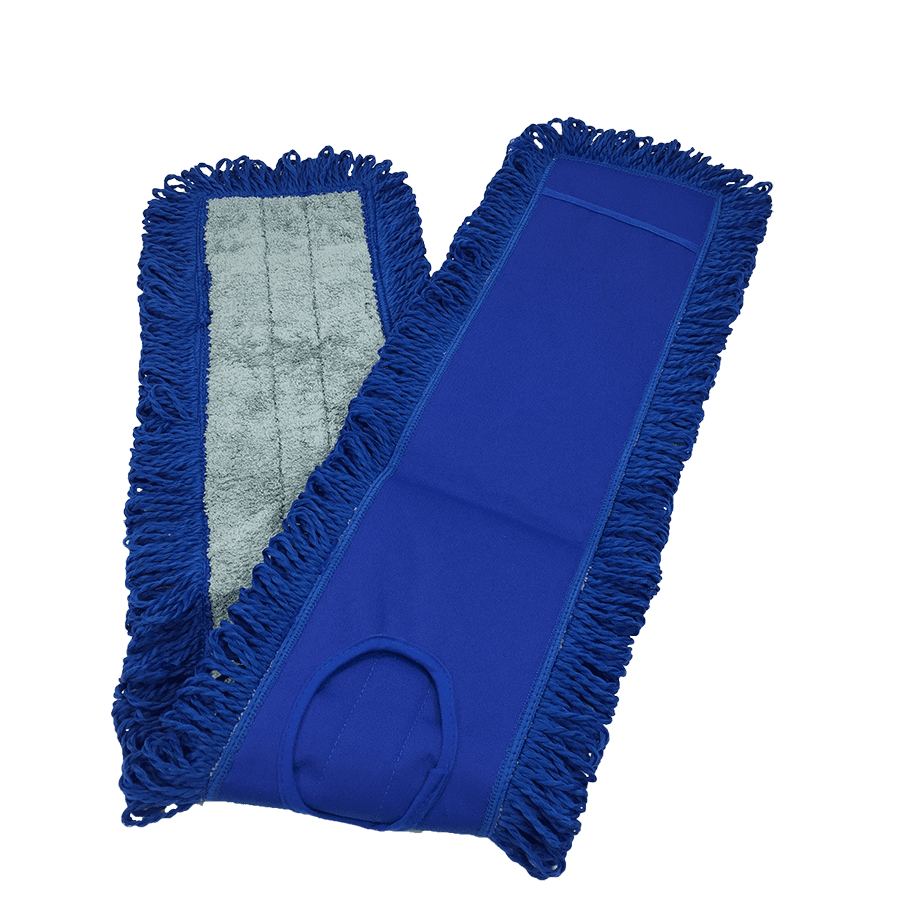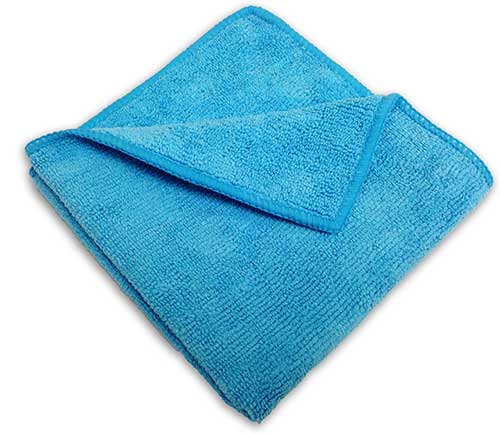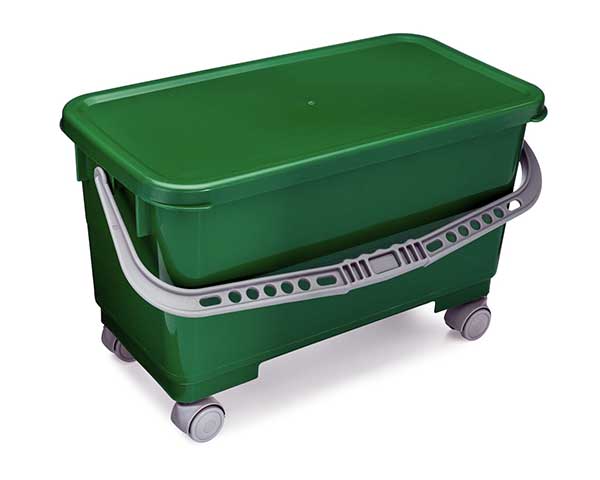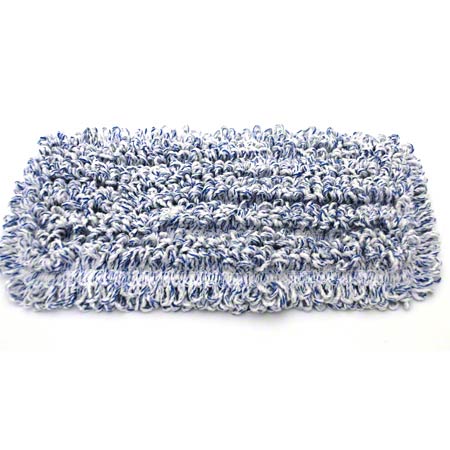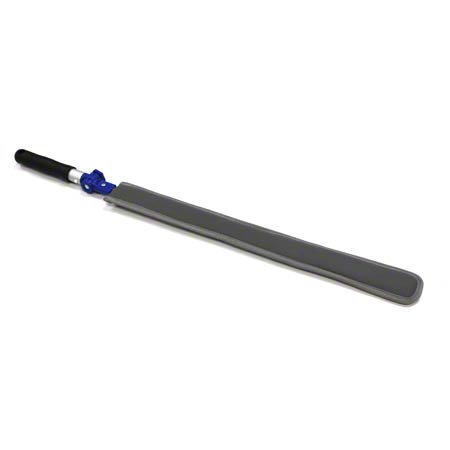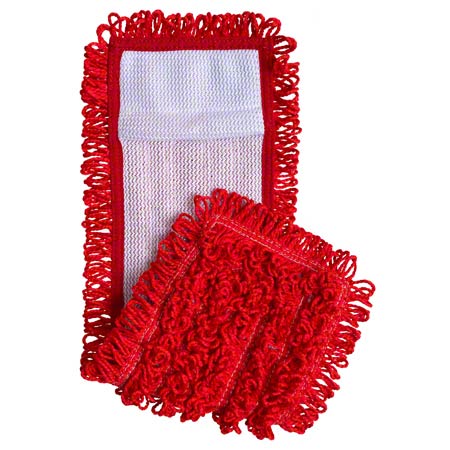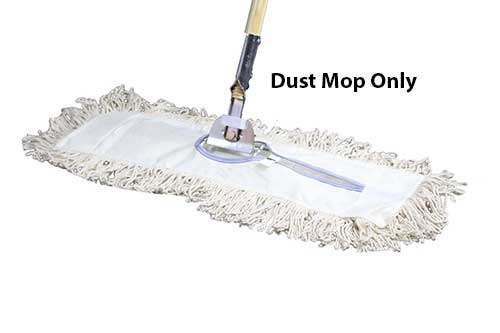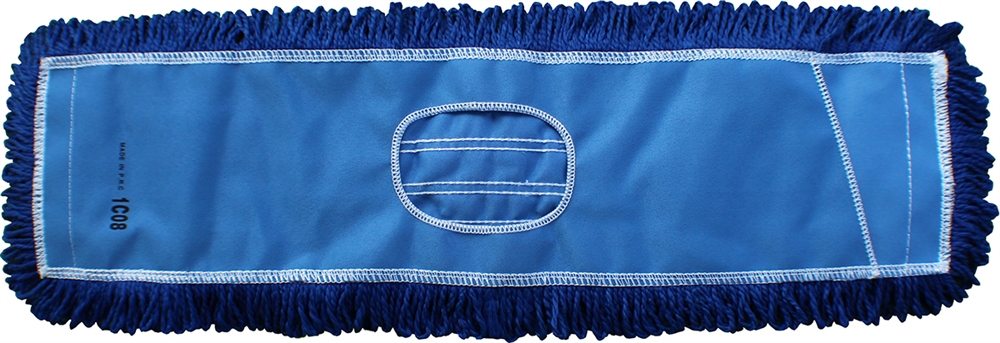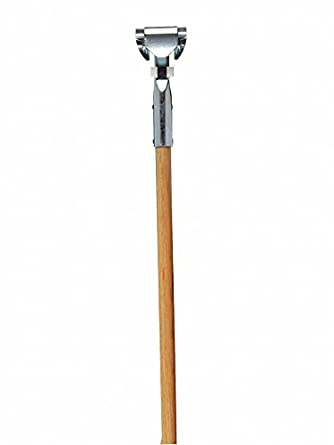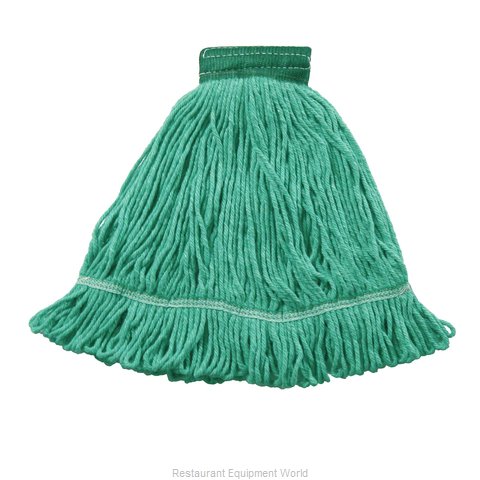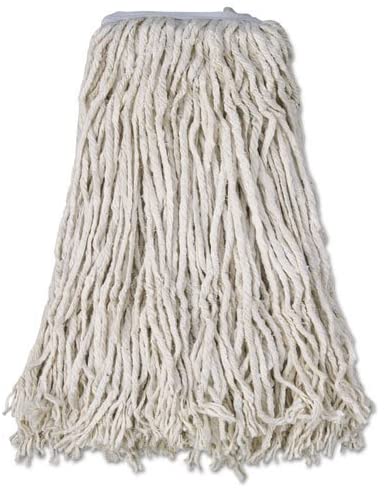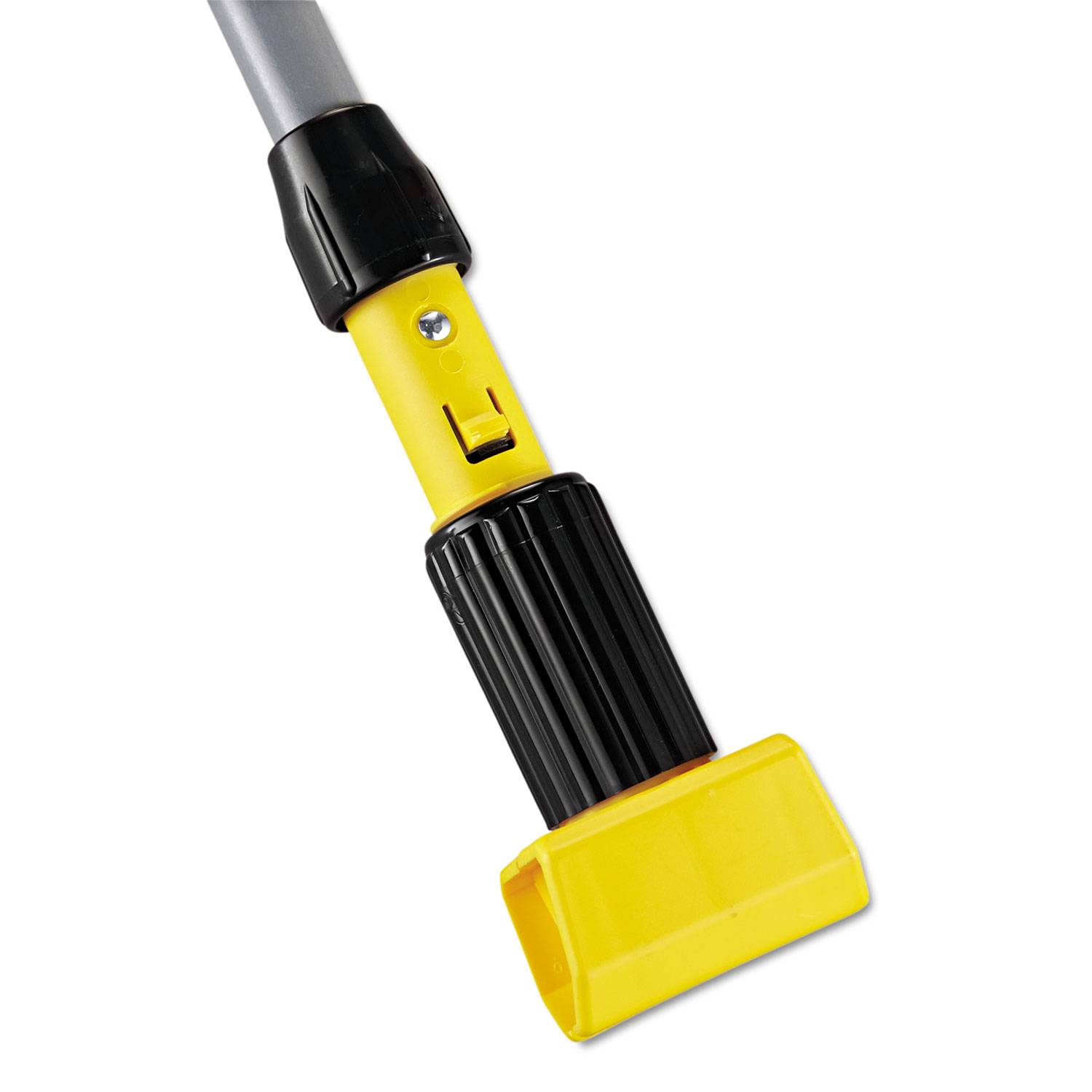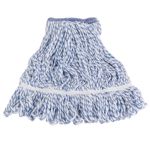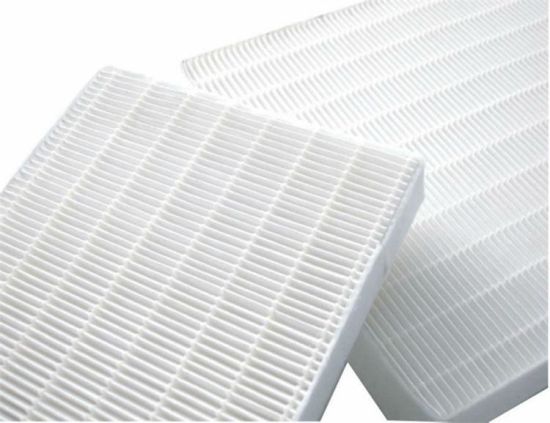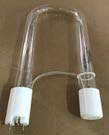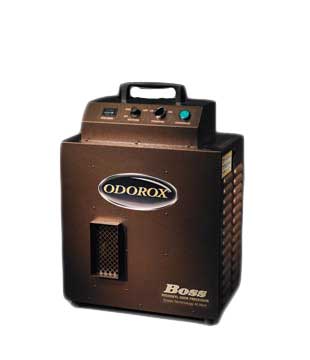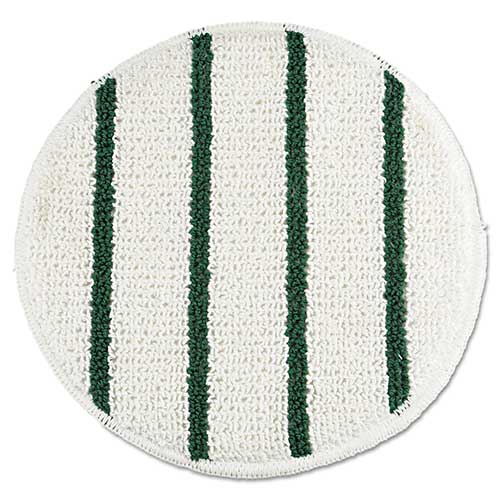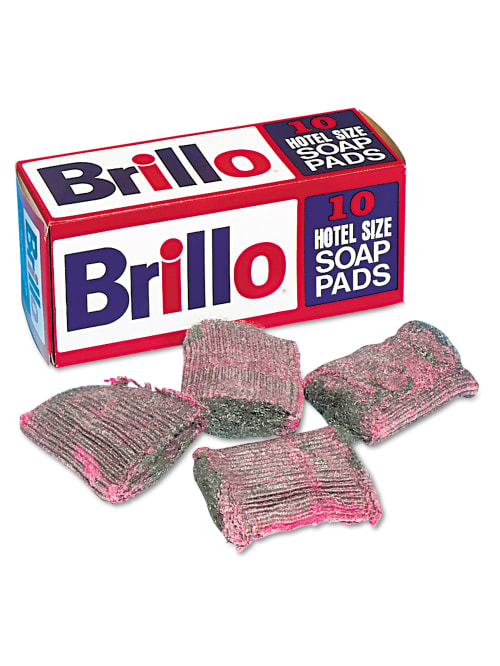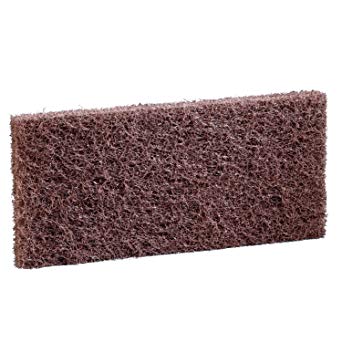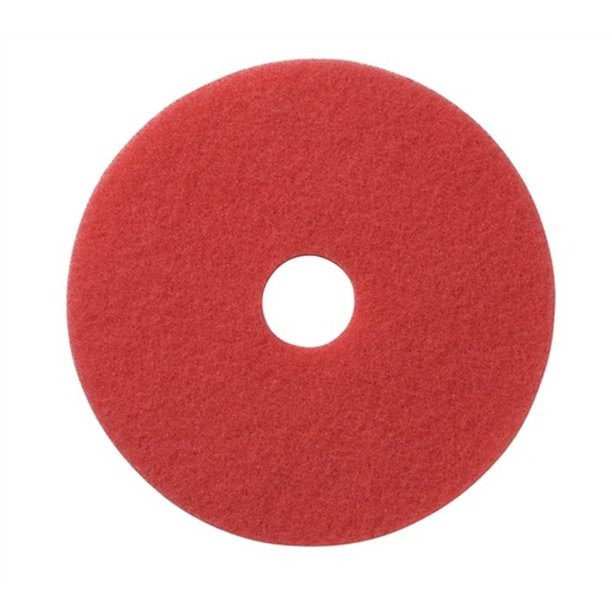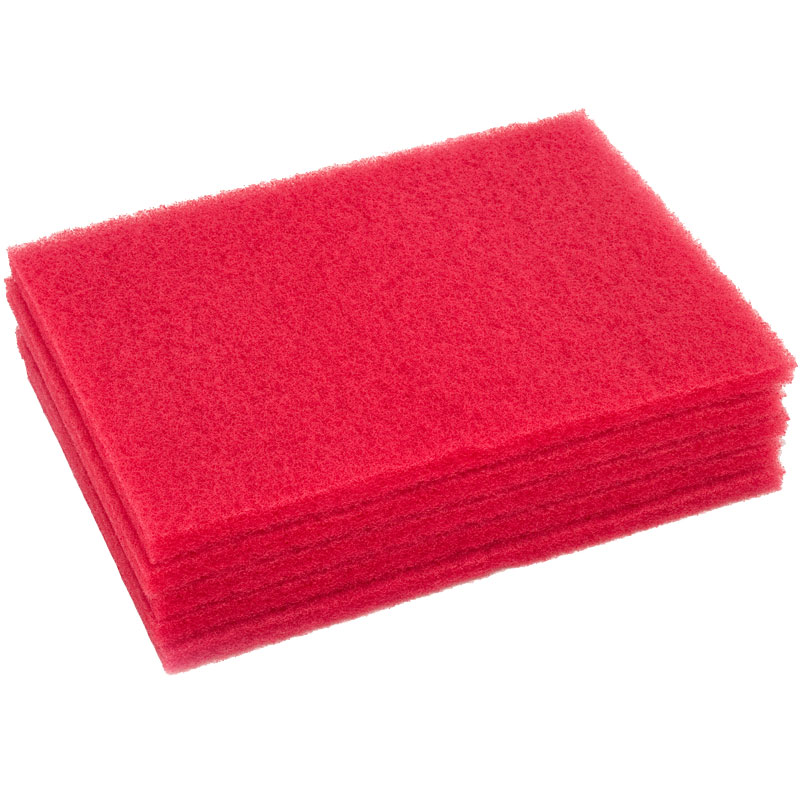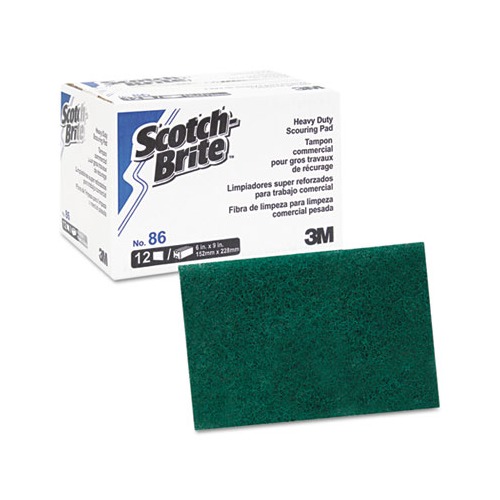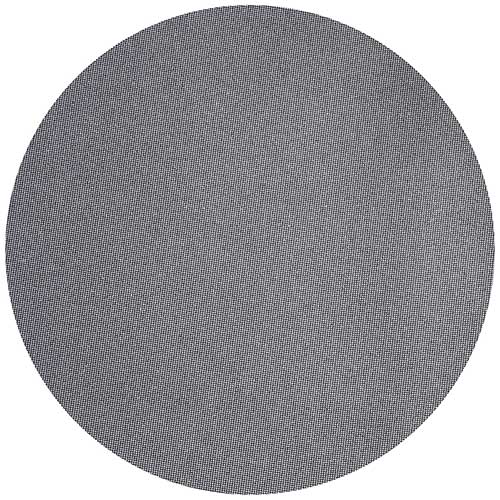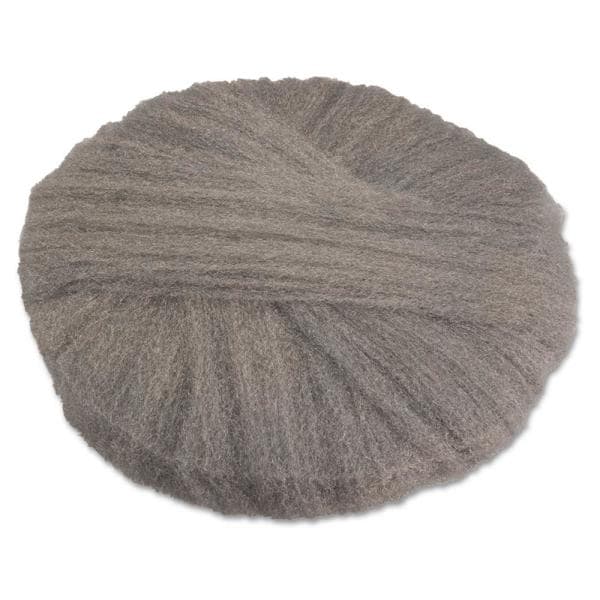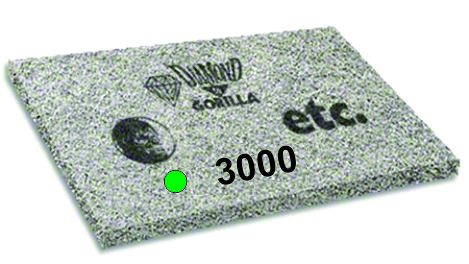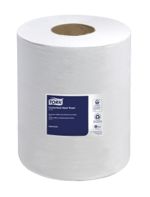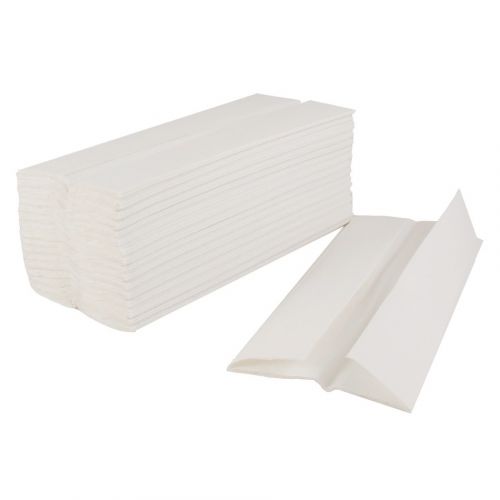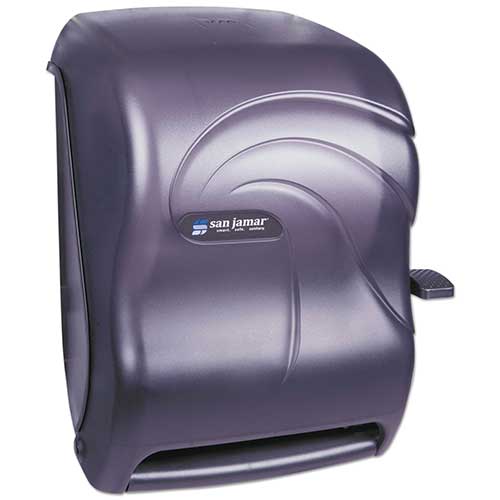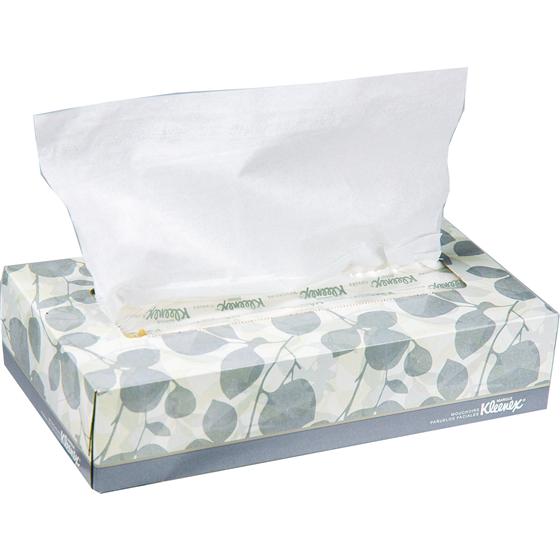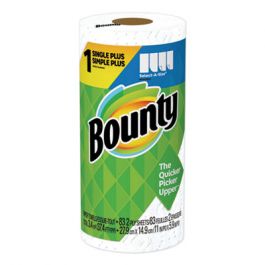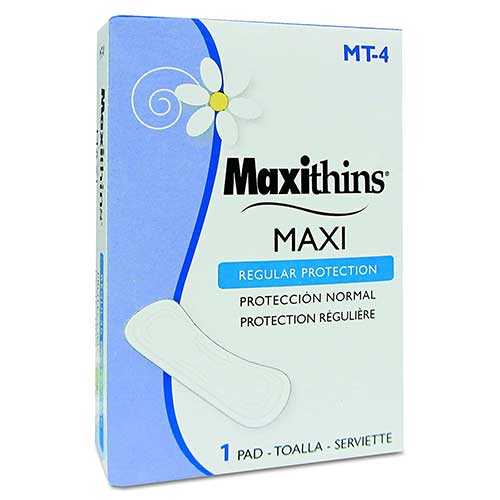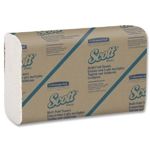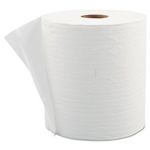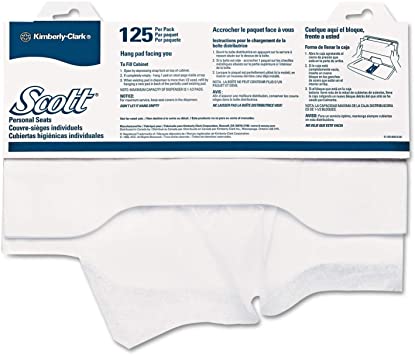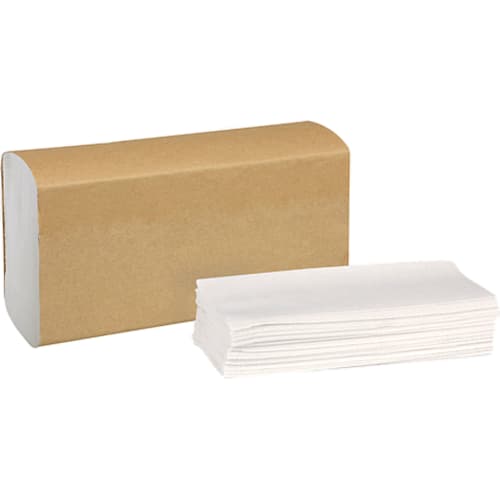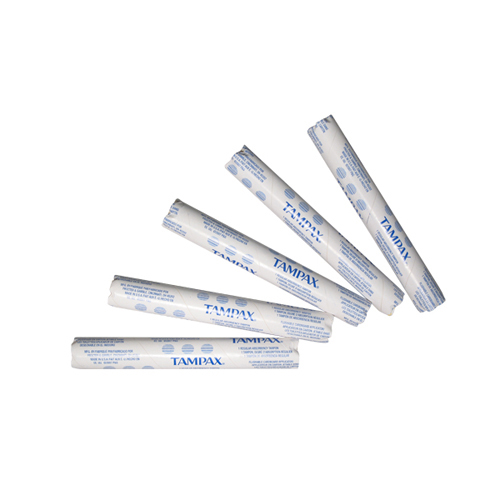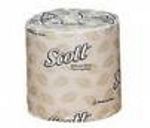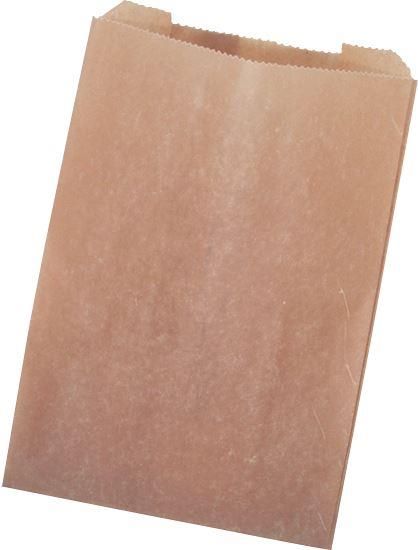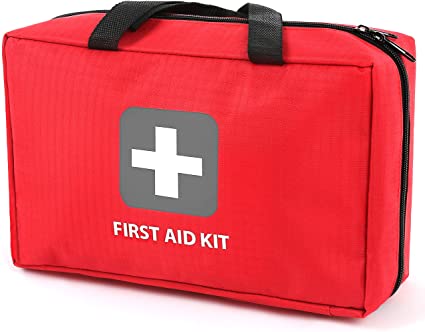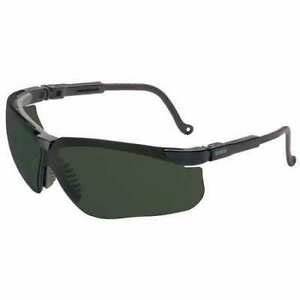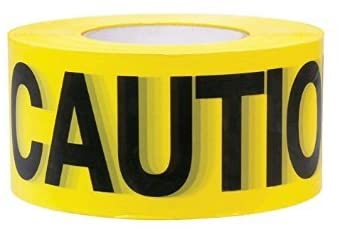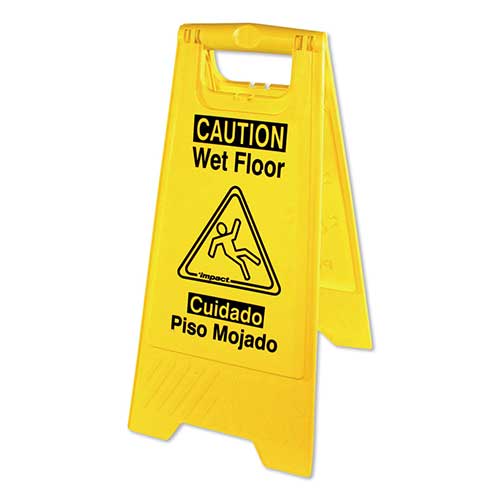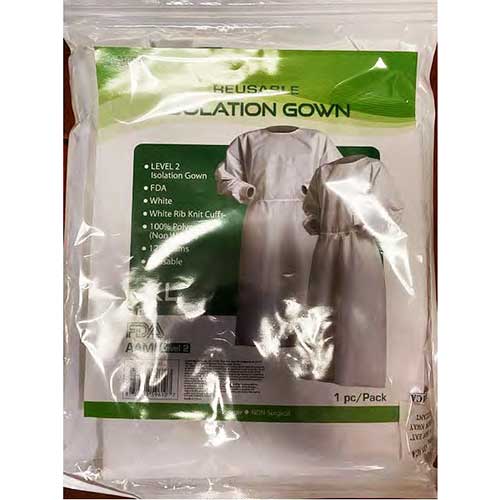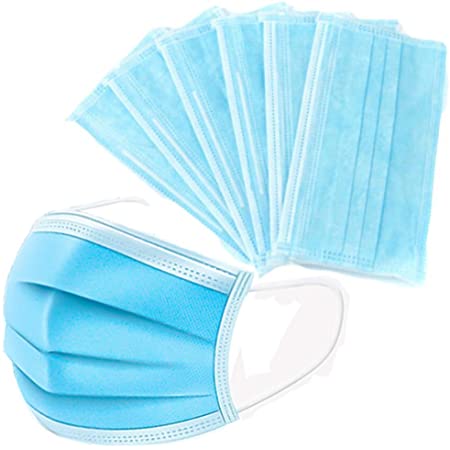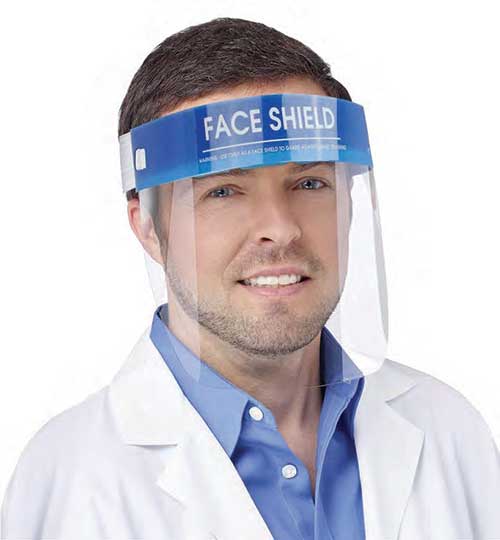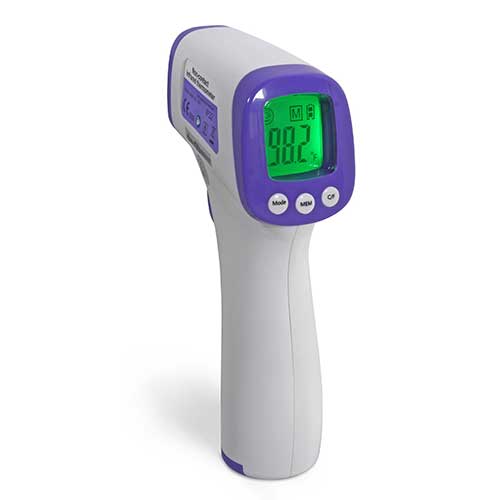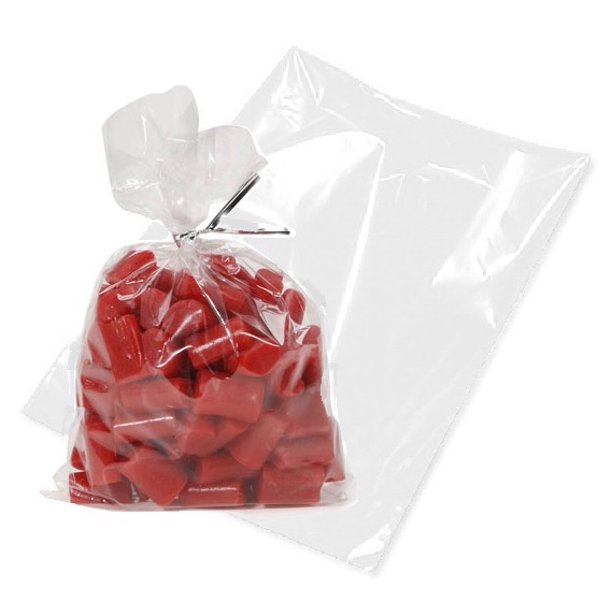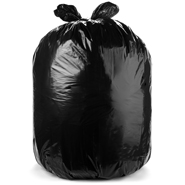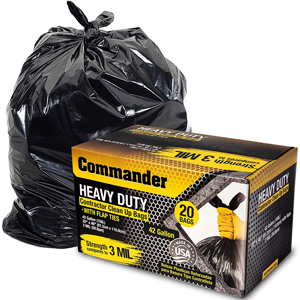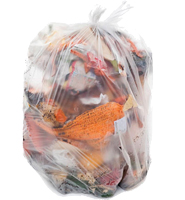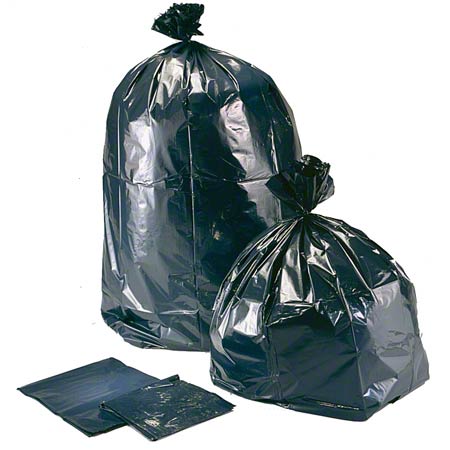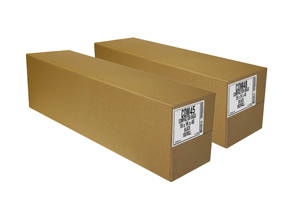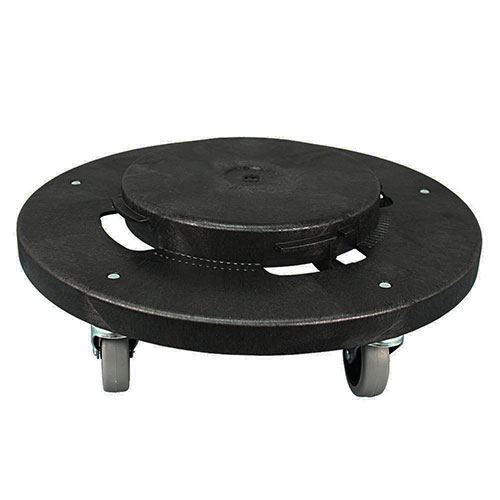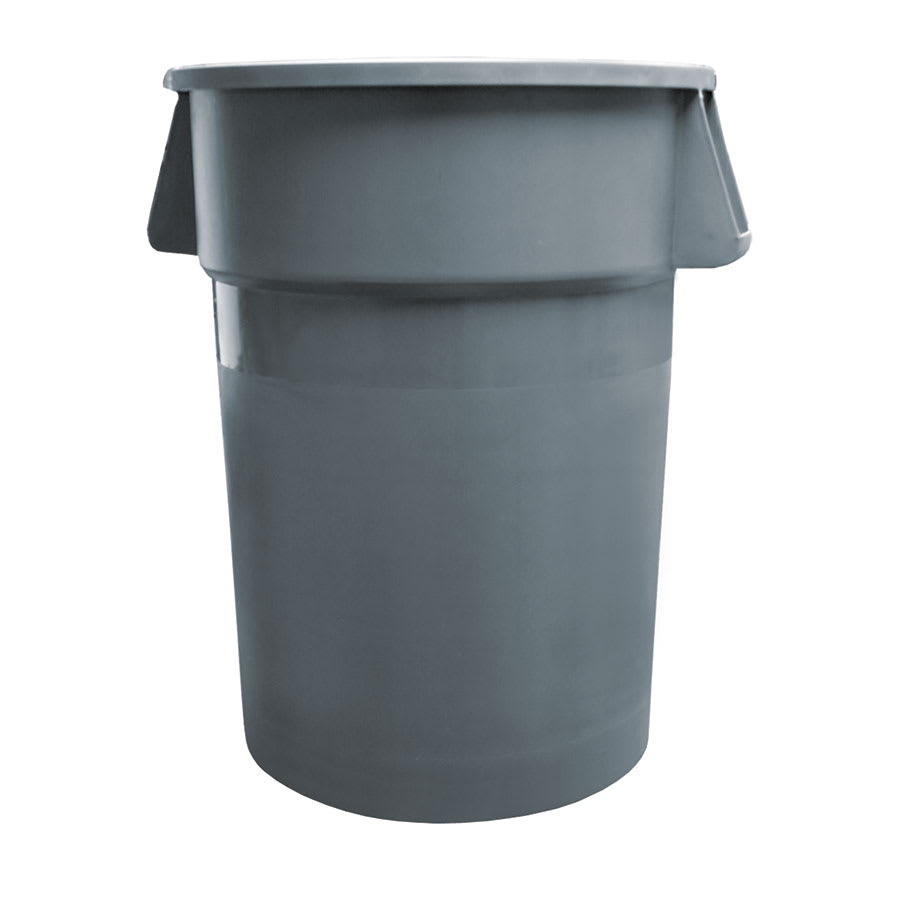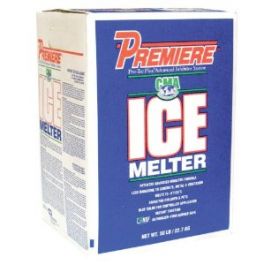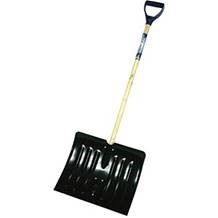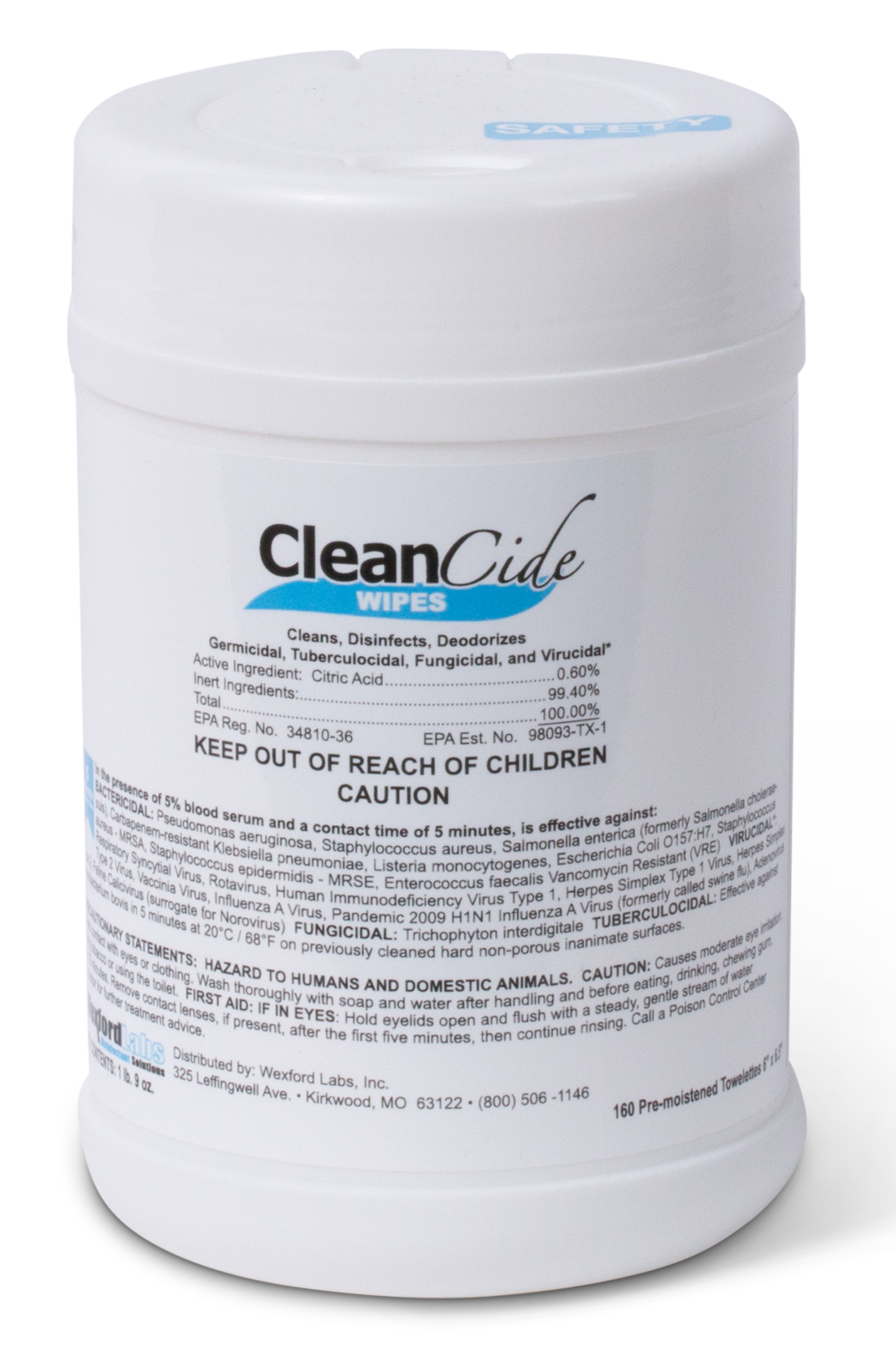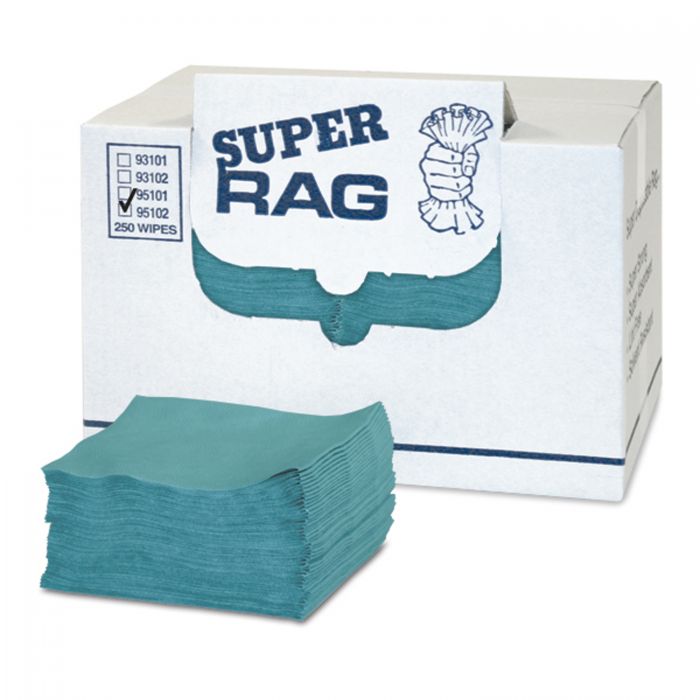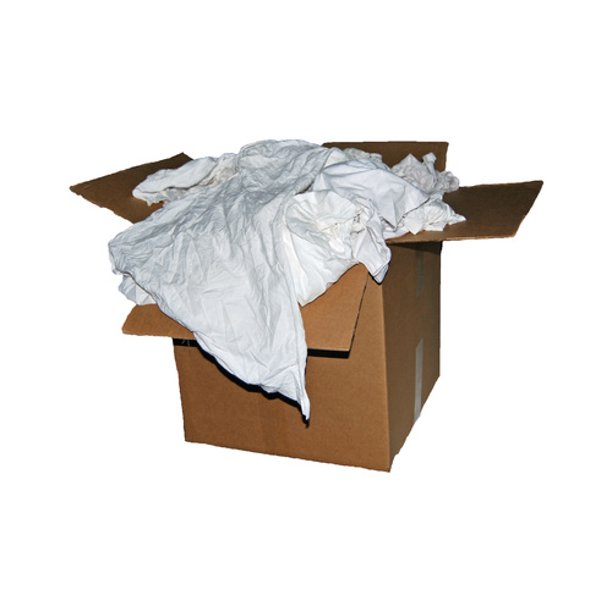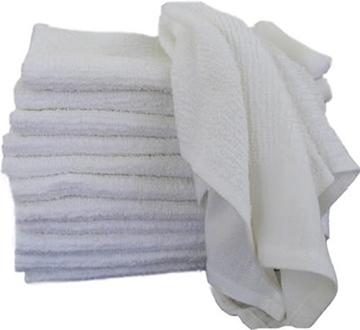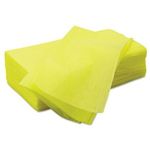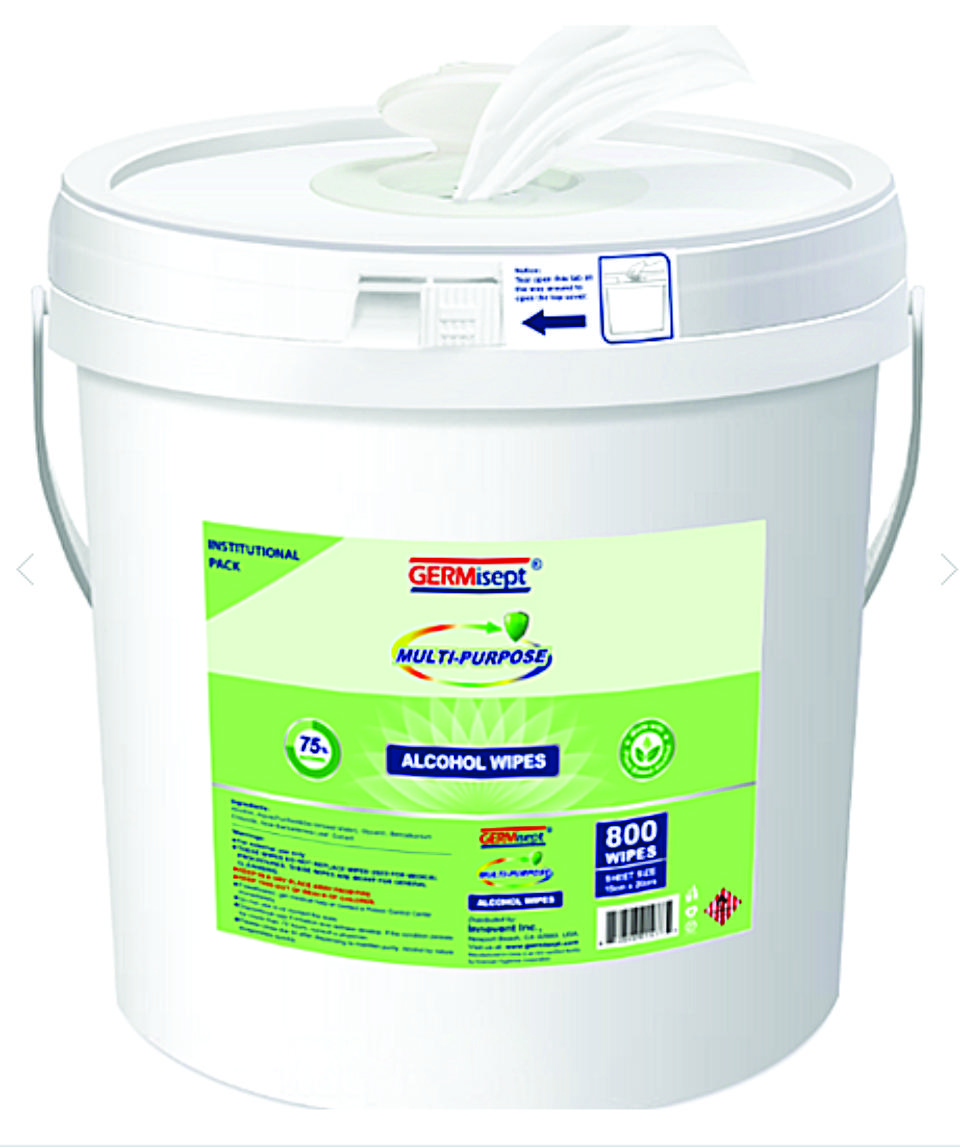MICROFIBER: IS IT FOR YOU?
Microfiber hit the market about 15 years ago. But only until the last 5-7 years has it really taken hold to be the #1 choice of cloth among the cleanest facilities. Microfiber far outweighs the old cotton rag with a list of benefits: trapping dirt/germs, color coding, variety of options, reusable, etc. Microfiber is available in dust mops, wet mops, dusting/cleaning cloths, specialty dusters, and more. So, What is microfiber? Let’s take a closer look.
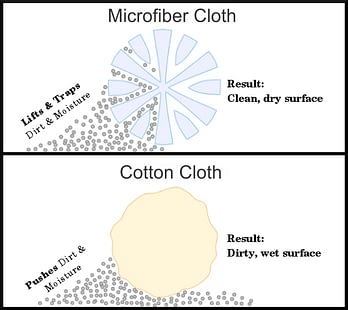
A picture is worth a thousand words. The photo above makes it much easier to understand how microfiber can trap dirt and germs vs a cotton cloth pushing dirt and germs around. Microfiber has fingers and in between these fingers are gaps. These gaps trap dust, dirt, bacteria and viruses easily, holding them in the cloth until the cloth is washed. The EPA’s study found when only using water, microfiber removes up to 98% of bacteria and 93% of viruses, however cotton only removes 30% and 23% respectively. Hospitals are testifying to say they have seen a reduction in the spreading of germs at their facilities when using microfiber cleaning procedures.
So when you sit down at a public table to eat a meal, would you rather the surface have 98% of bacteria removed or only 30% before you sit down? Now think if the facility used a cotton rag, the germs from table 1 are now transferred to table 2. Tables 1 and 2 are now transferred to table 3 and so on down the line. So if your table is the last one being “cleaned” you can bet it will have germs from all the other surfaces the cotton rag was used to wipe down before it hit your table. Now imagine kid’s desks, door handles, bathroom fixtures, and other frequently touched surfaces and how germs spread so quickly. The simple use of microfiber helps to contain dirt and germs and have them washed down the drain where they belong.

Microfiber cloths and mops come in an array of colors, mostly: Green, Blue, Red, and Yellow. Some mops are grey but have a colored tab so you can cut all the other tabs off and leave one color. This allows you to color code your cleaning system ie Red for Bathroom use, Yellow for Cafeteria use, and so on. Now you can be sure a microfiber cloth which touched a door handle in the restroom, does not touch a cafeteria table where people eat.

Microfiber wet mops come in many different styles. There are tabbed mops, pocket mops, Velcro mops and tube mops, all seen above. Pocket and Velcro mops are used the same in the way as they both are placed into charging buckets, filled with solution, and then used as needed. The Tube and Tabbed mops are used like traditional mops with a bucket/wringer combo set up. Check out the two short videos below.
The only place a microfiber mop would not be used well is mopping up a bodily fluids spill. However, after the spill is mopped up, the disposable mop can be thrown away and the follow up cleaning should be done with microfiber to get the best results.
Since microfiber traps dust, dirt and germs, it is best to use in as many applications as possible to keep the cleanest facility. Microfiber is also made for dust mopping, extendable dusting, table top cleaning with trowels, bonnet cleaning for carpets, hard floor cleaning with pads for scrubbers and floor machines, laying floor finish with pocket wet mops, and cleaning walls with wall washers. Each unique tool can help clean your facility from ceilings to floors and everything in between!
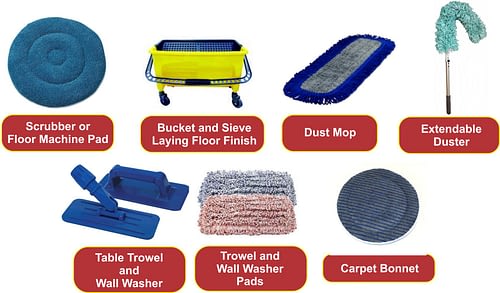
The upfront costs of microfiber are more, absolutely. Some people ask “Can you wash microfiber towels? and How do you clean microfiber?”. Yes you can wash your microfiber towels, mops, pads, etc. All you need to do is use a mild detergent, make sure only microfiber products are in the washer, and use a standard wash setting with cold water. Microfiber dust/wet mops and cloths can be laundered hundreds of times if you get a quality product and NOT lose their effectiveness. The cost over time becomes pennies. For instance, if a cloth costs $1.25 and is laundered only 100 times, its end cost is 1 penny. The cost of removing dirt, dust, bacteria and viruses more effectively is priceless.
Caring for microfiber is easy. Wash in warm or hot water with mild detergent. NO fabric softeners and do NOT wash microfiber with any other linting fabric especially cotton. Cotton is a high lint fabric and the microfiber fingers will catch this lint. The lint will cause clogging of the microfiber fingers, rendering the microfiber useless. Air drying is best as microfiber dries quickly. If you want to use a dryer put on low heat. If you do not have a washer already, some manufacturers make small inexpensive microfiber specific washers.
Microfiber is extremely efficient with only water in removing dirt, dust, bacteria and viruses. Microfiber gives you so many cleaning options with the variety of tools and the ability to color code. Its overall cost is very little especially for the results it delivers. Microfiber is reusable and thus helps with sustainability and creating less waste. So, is it for you?

